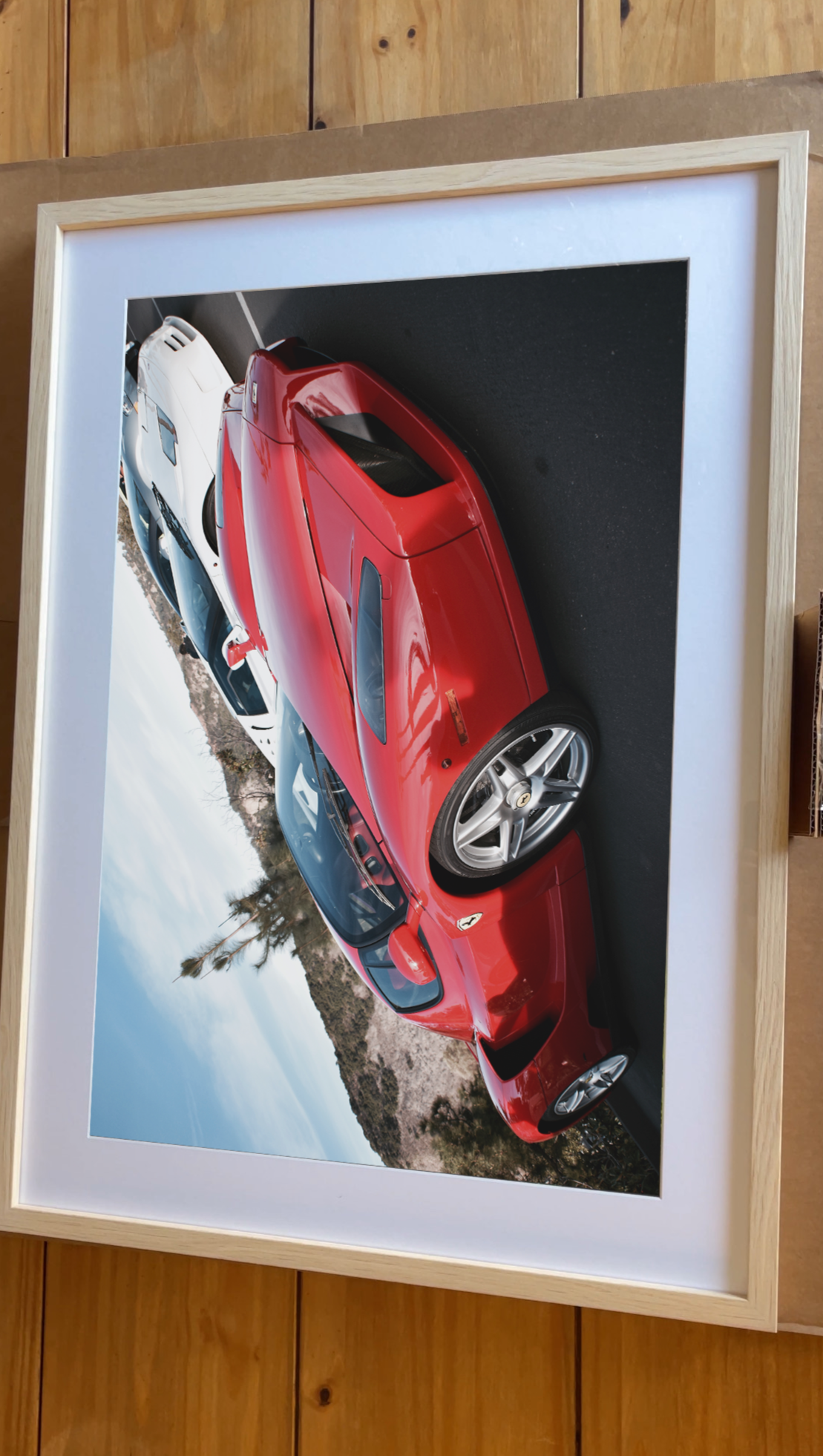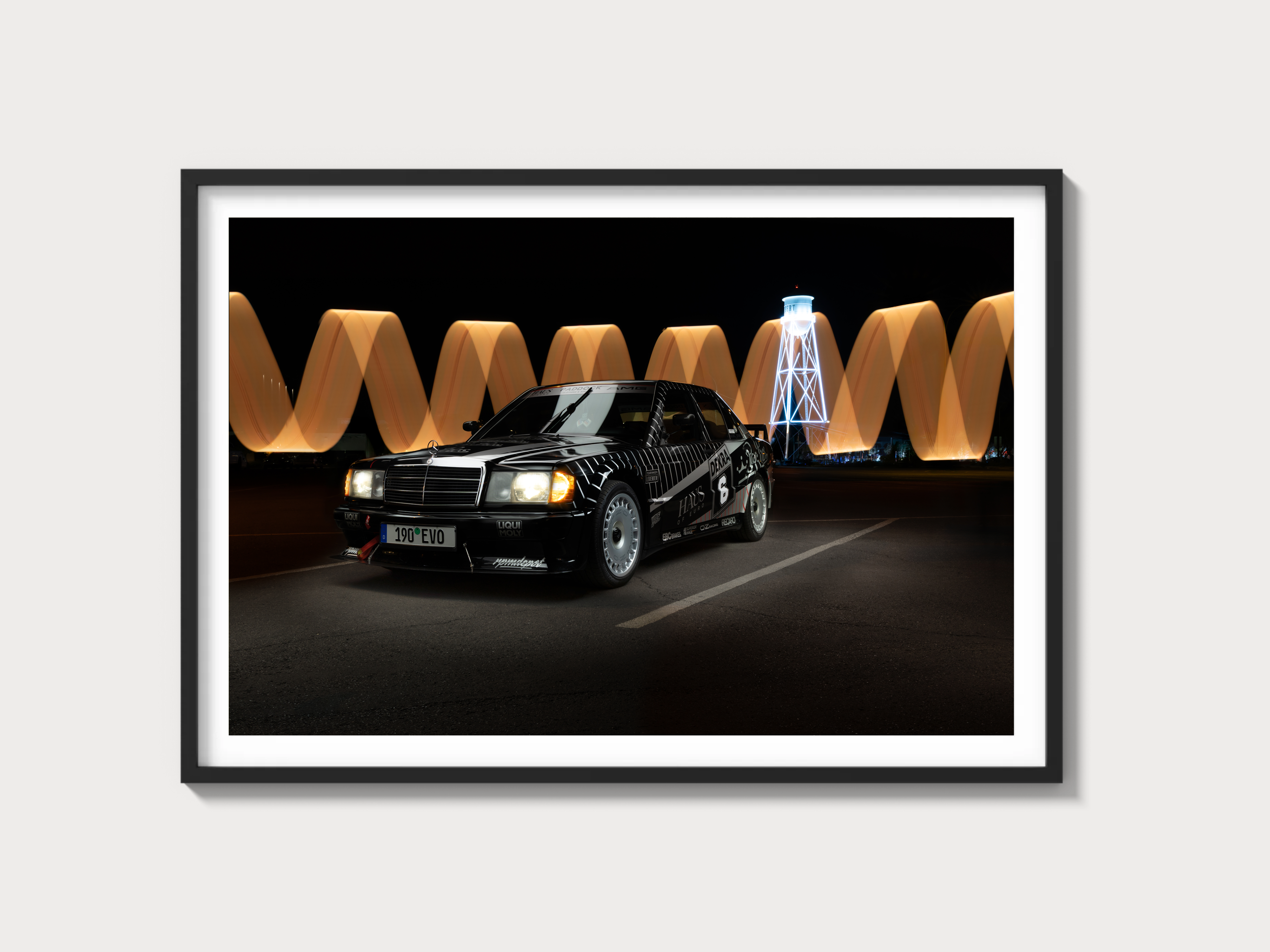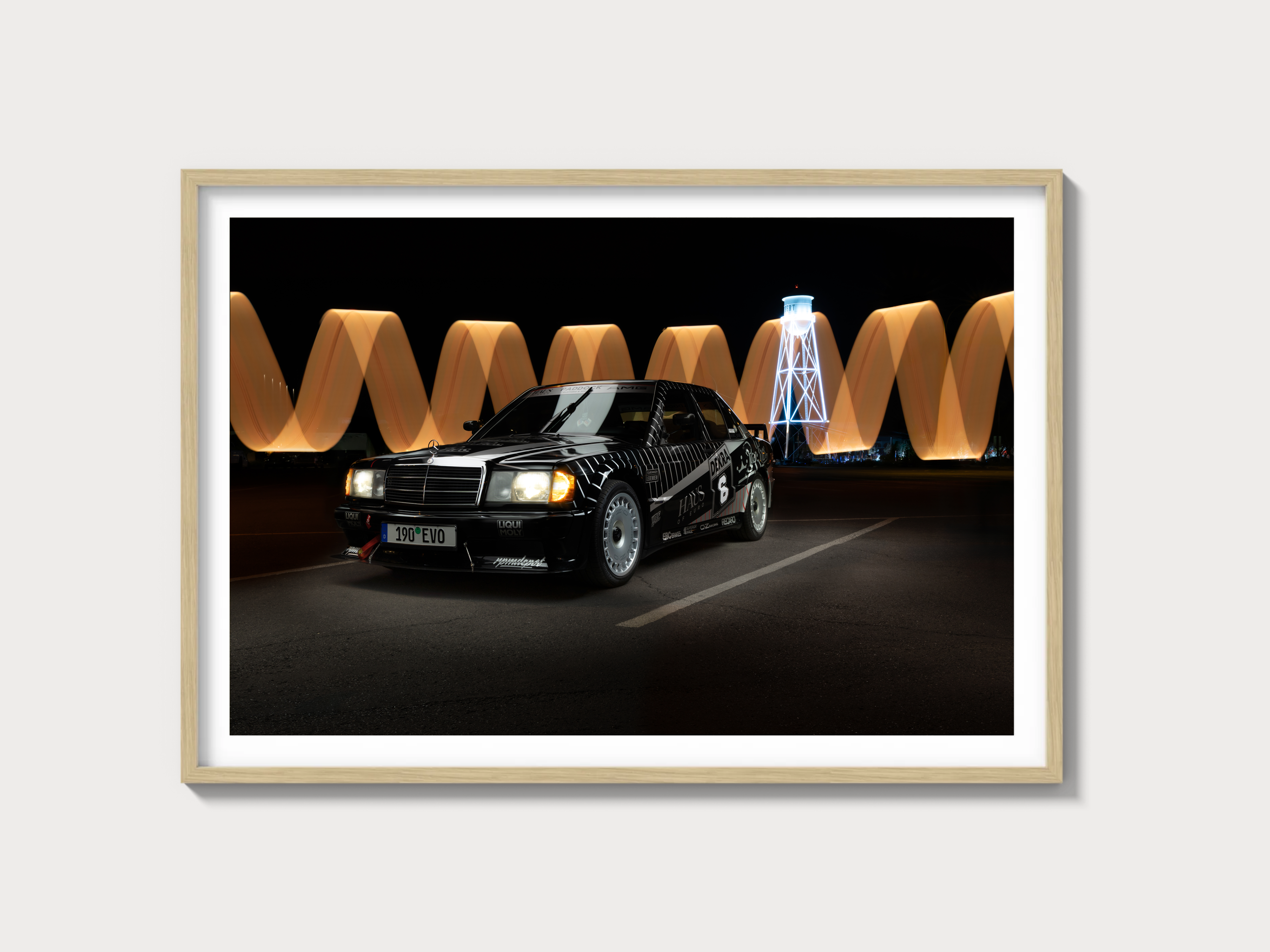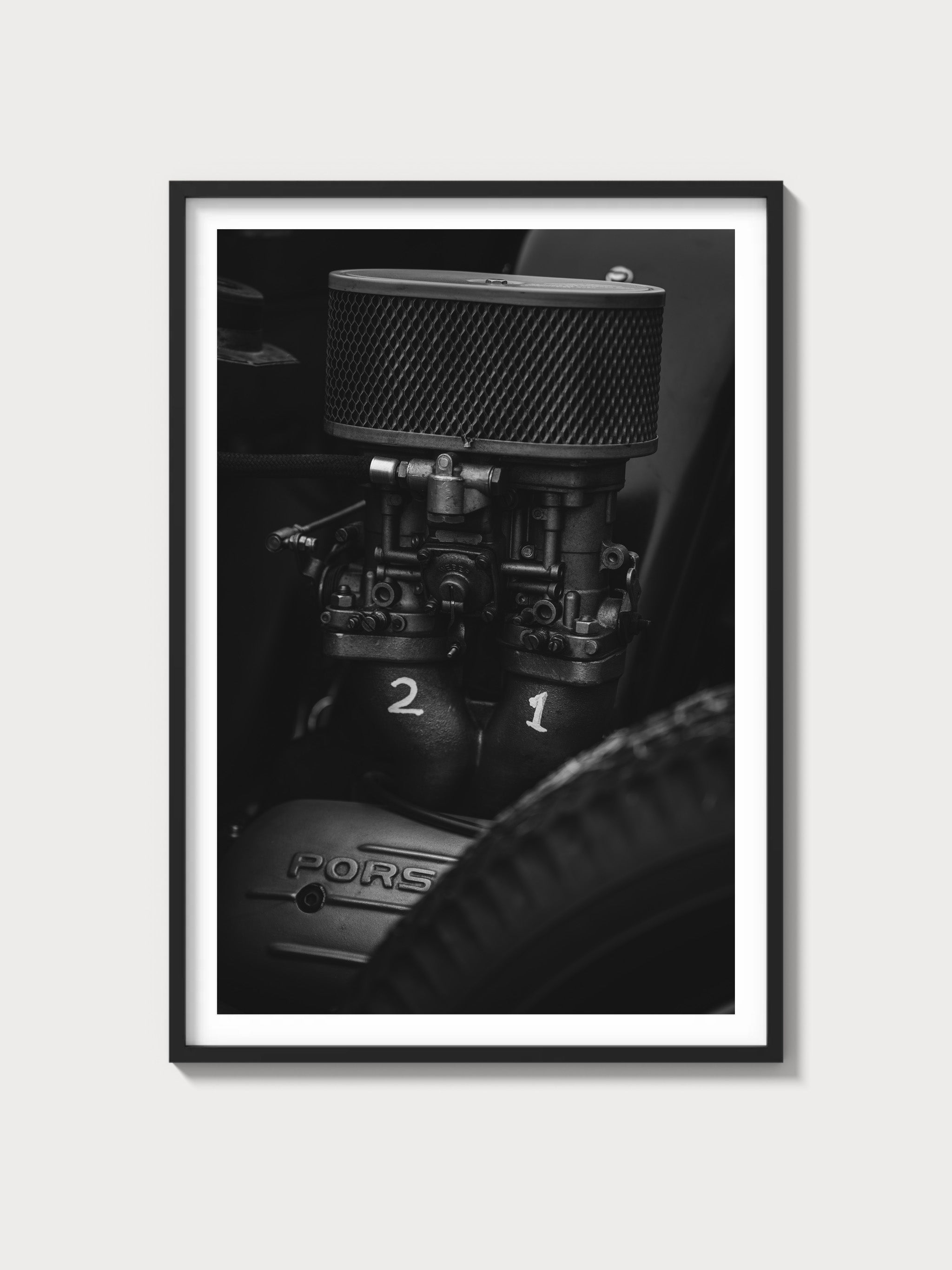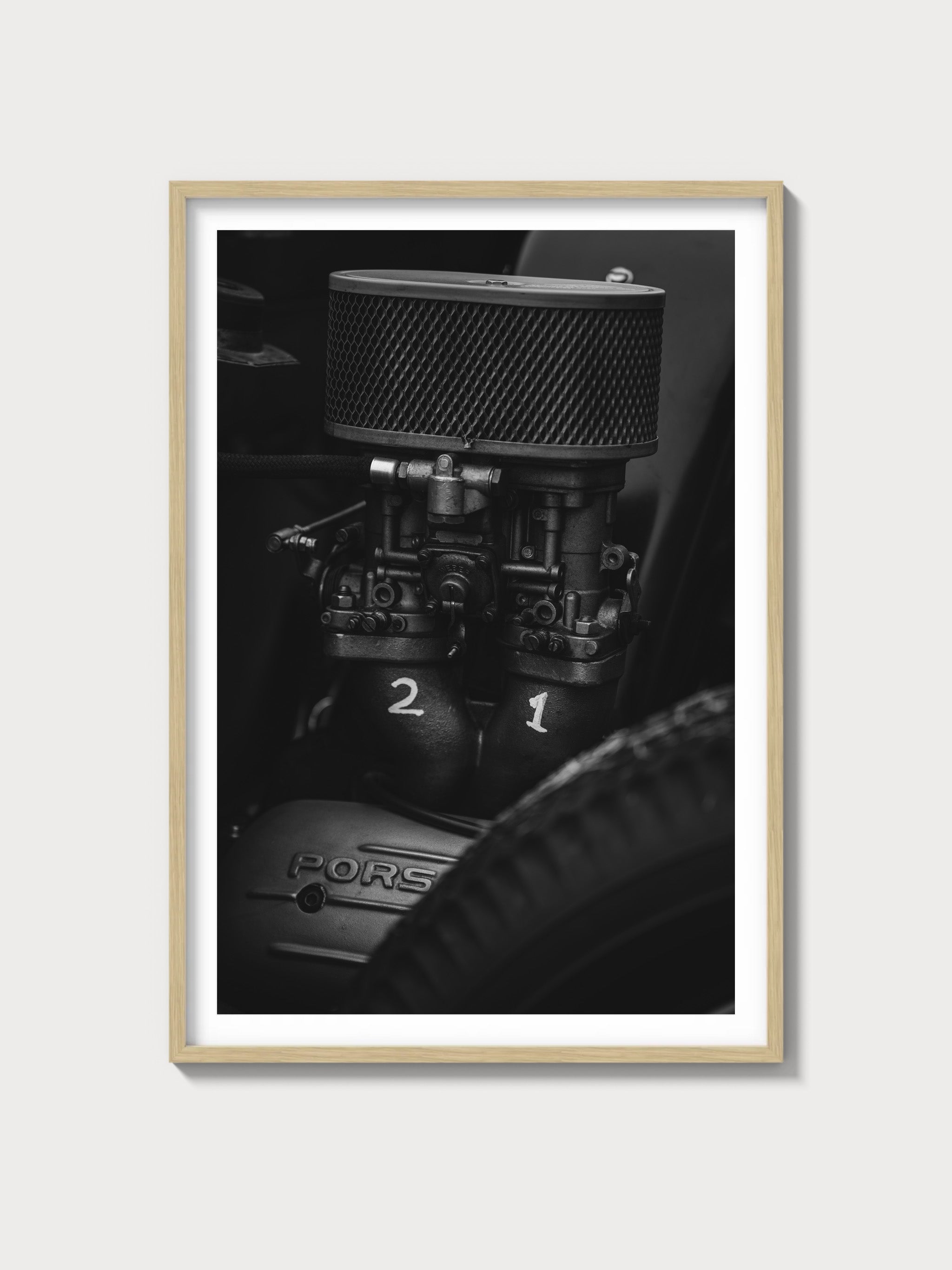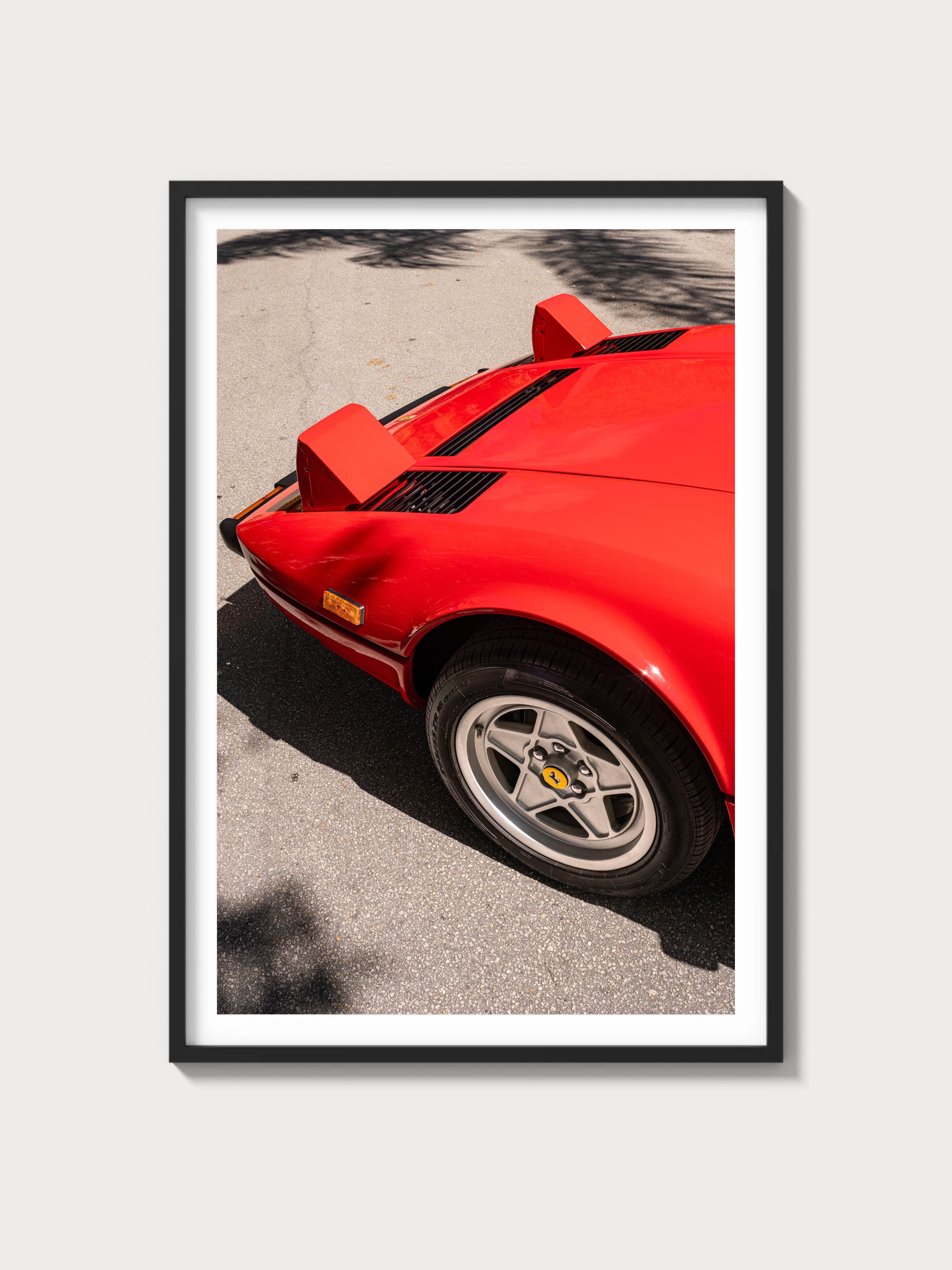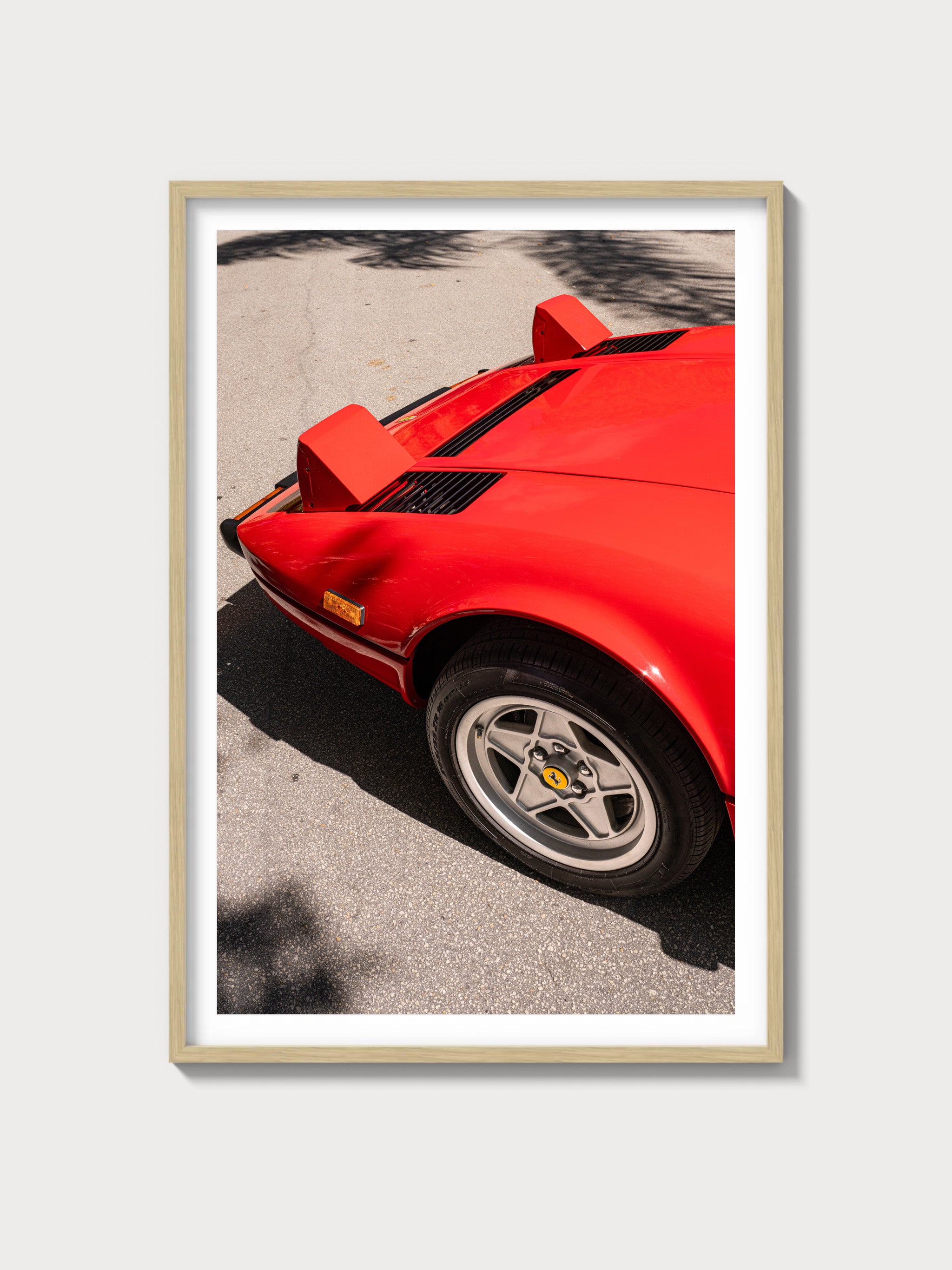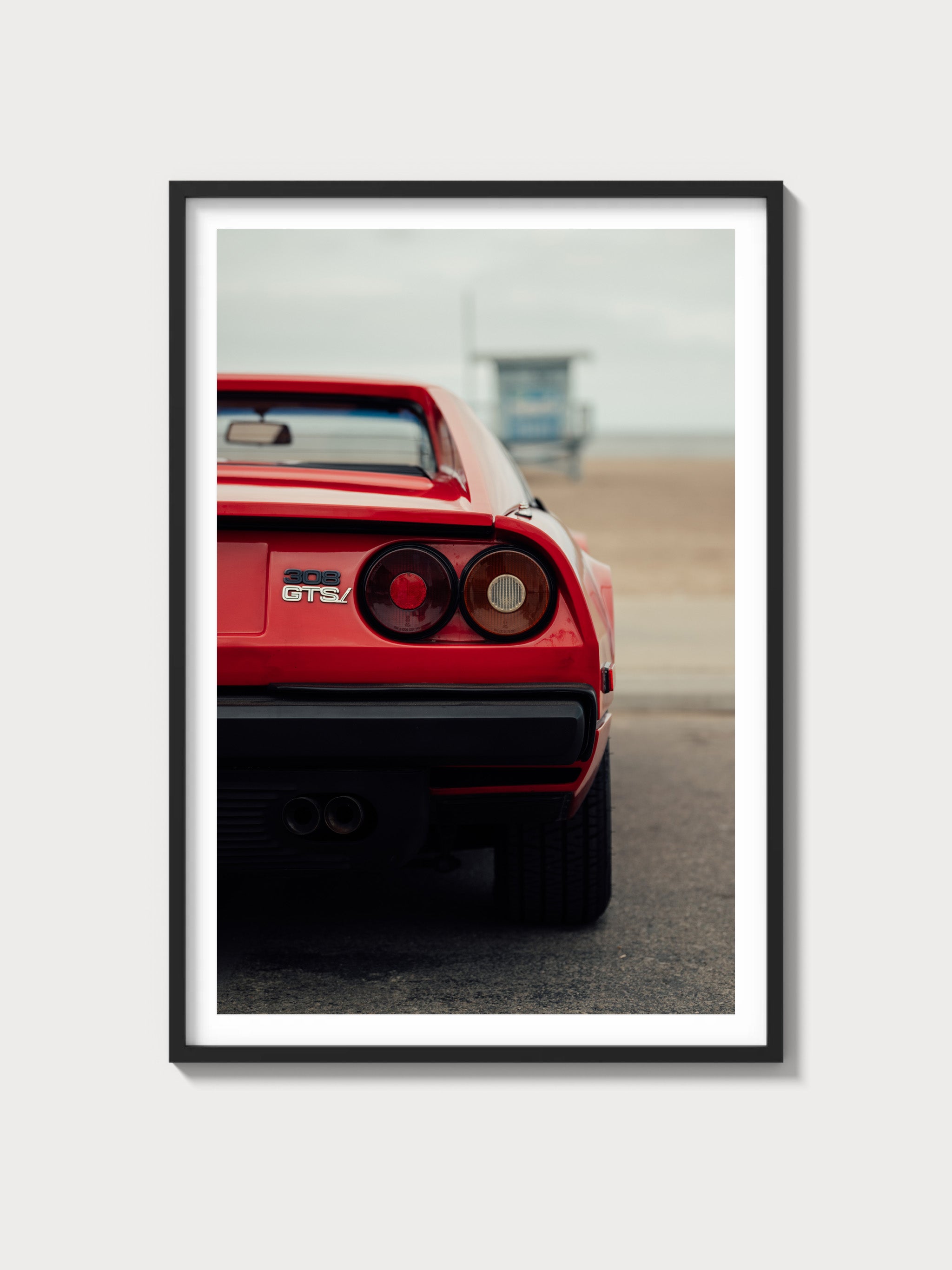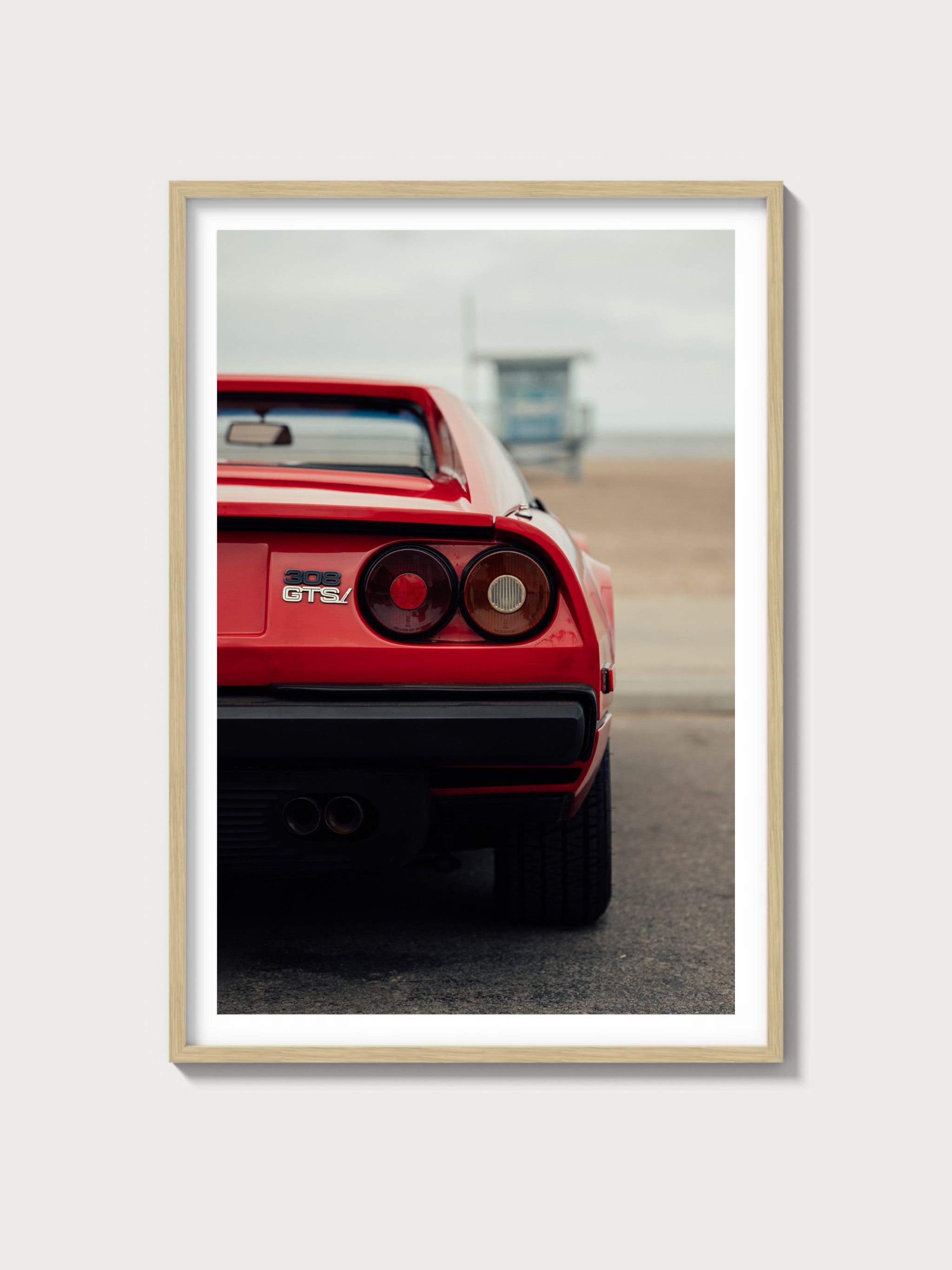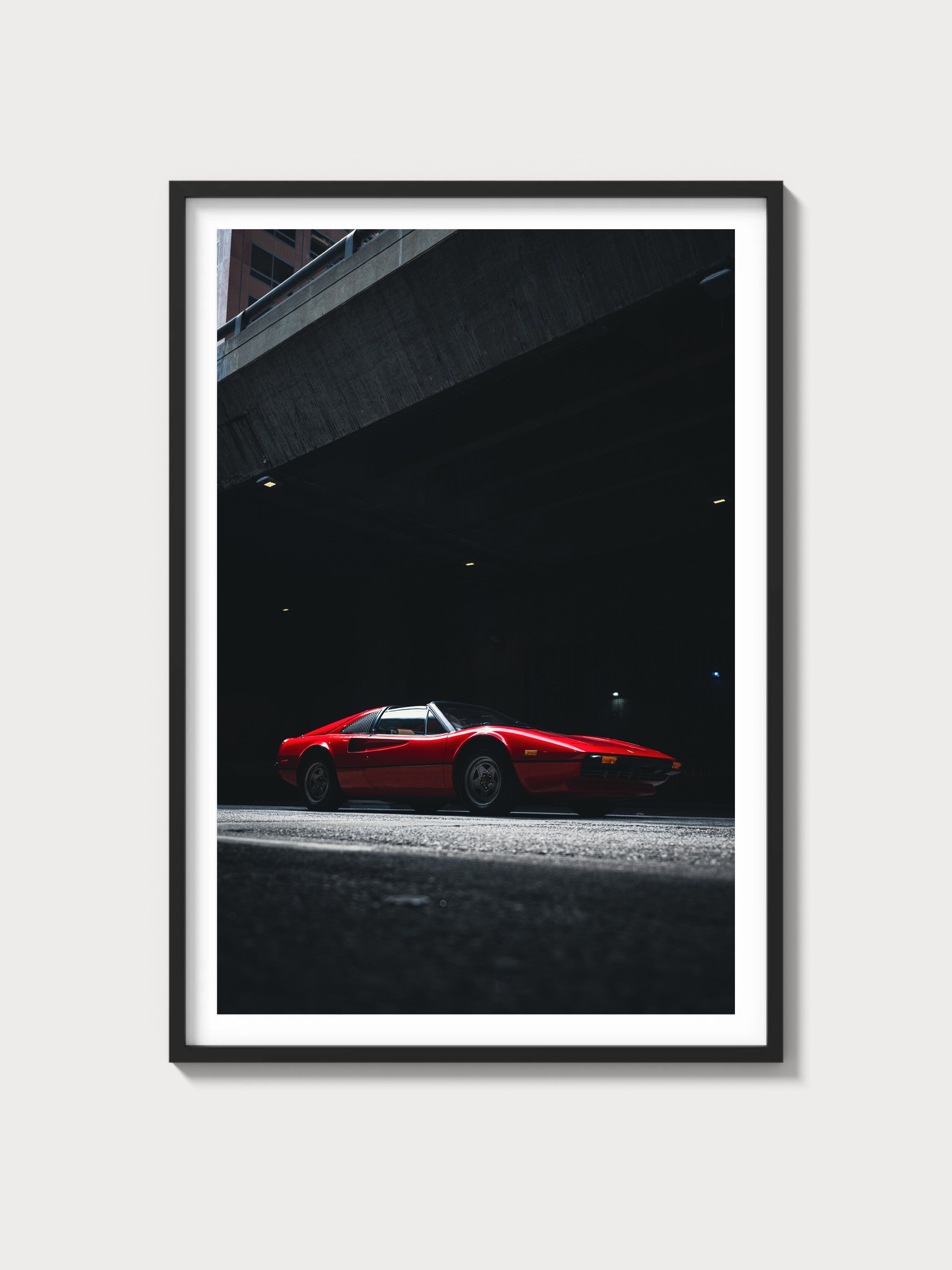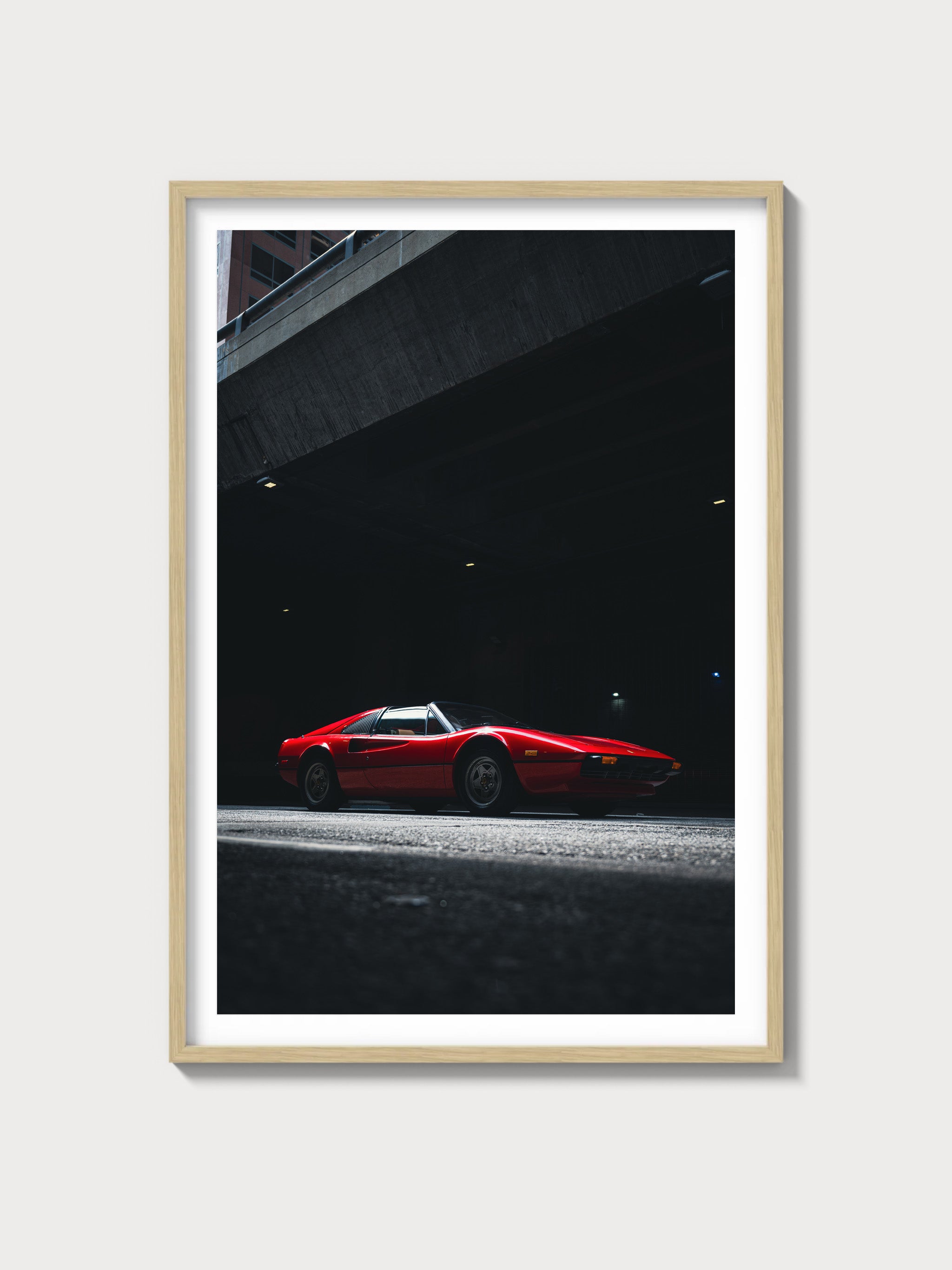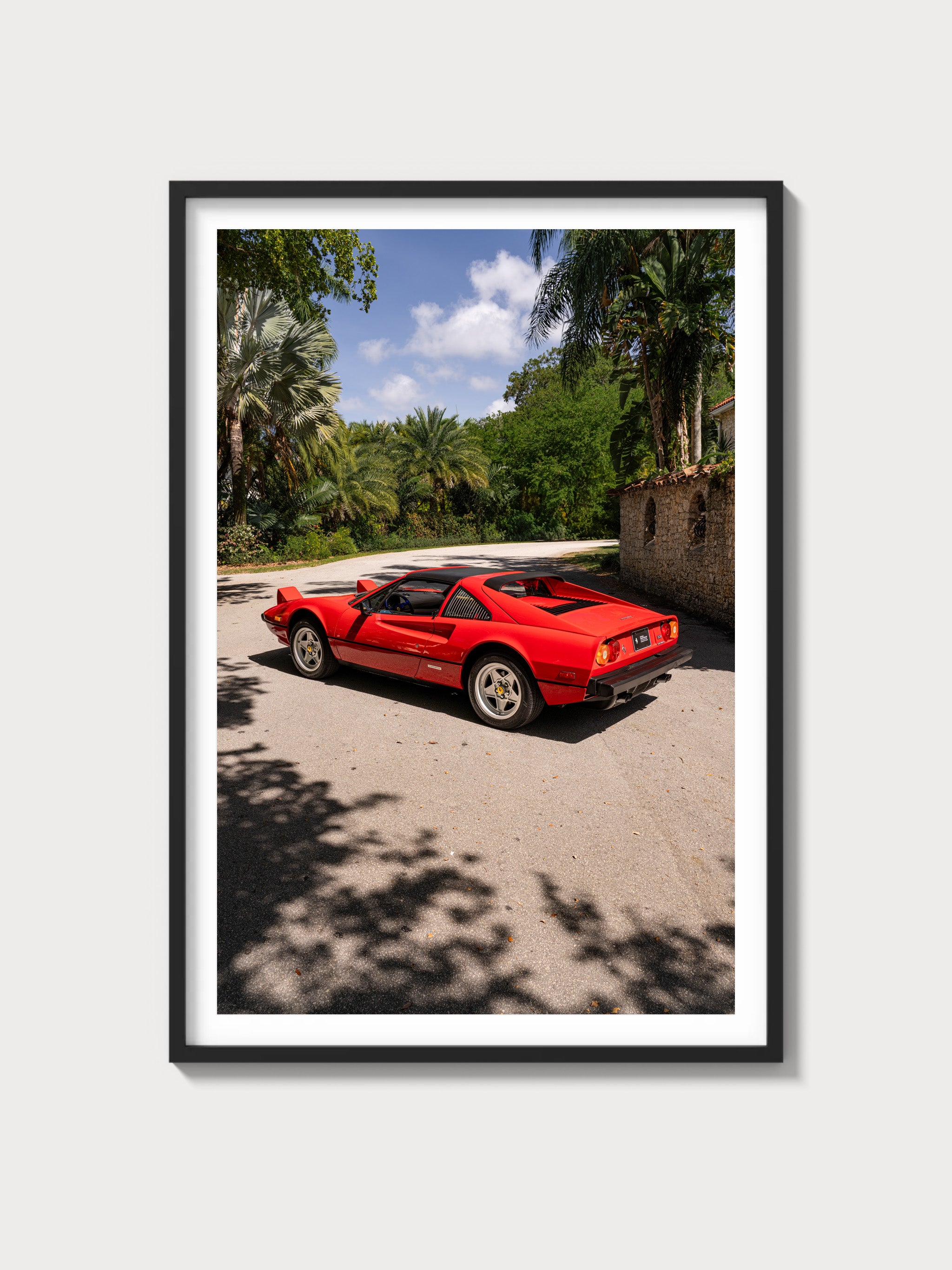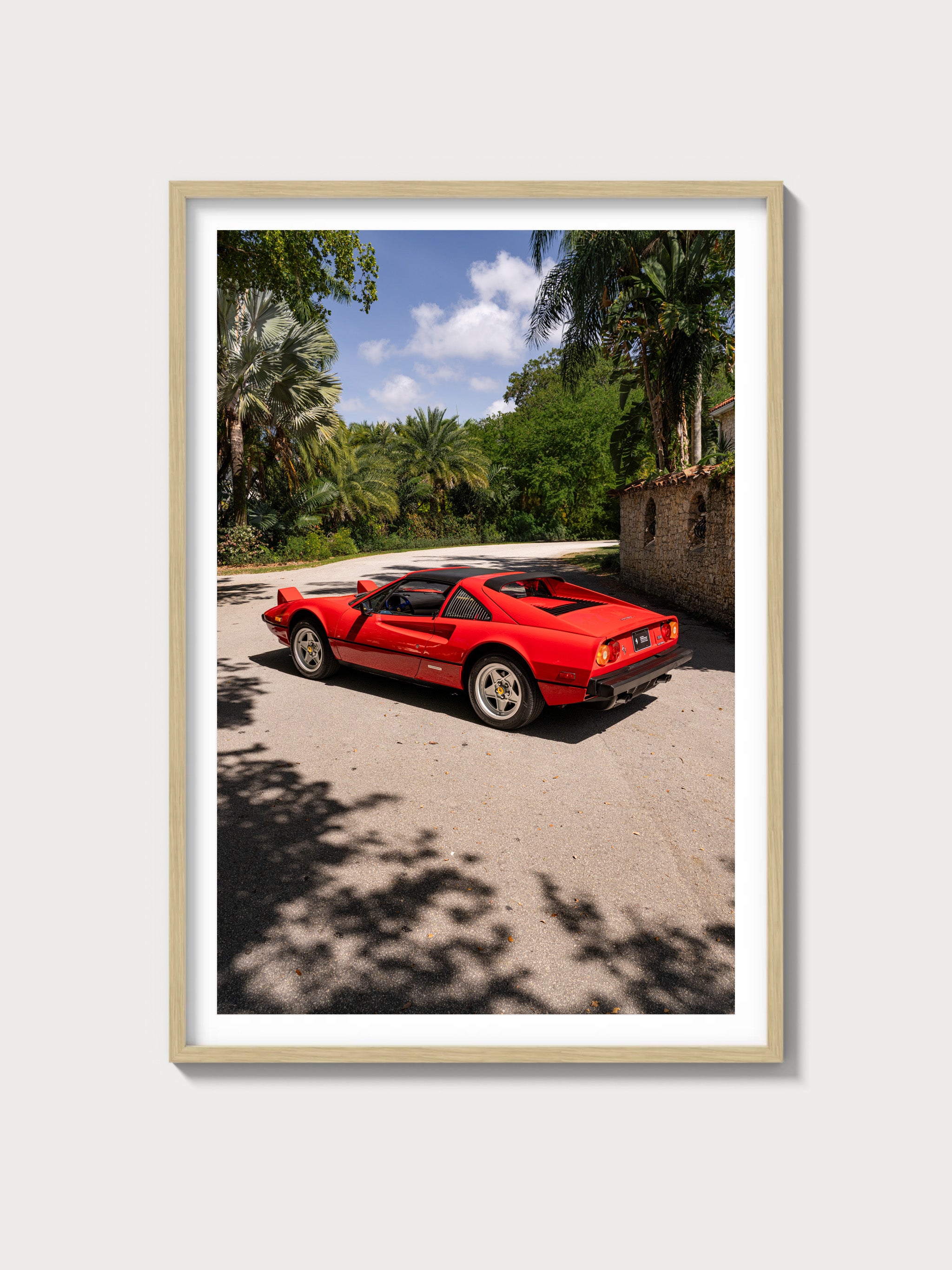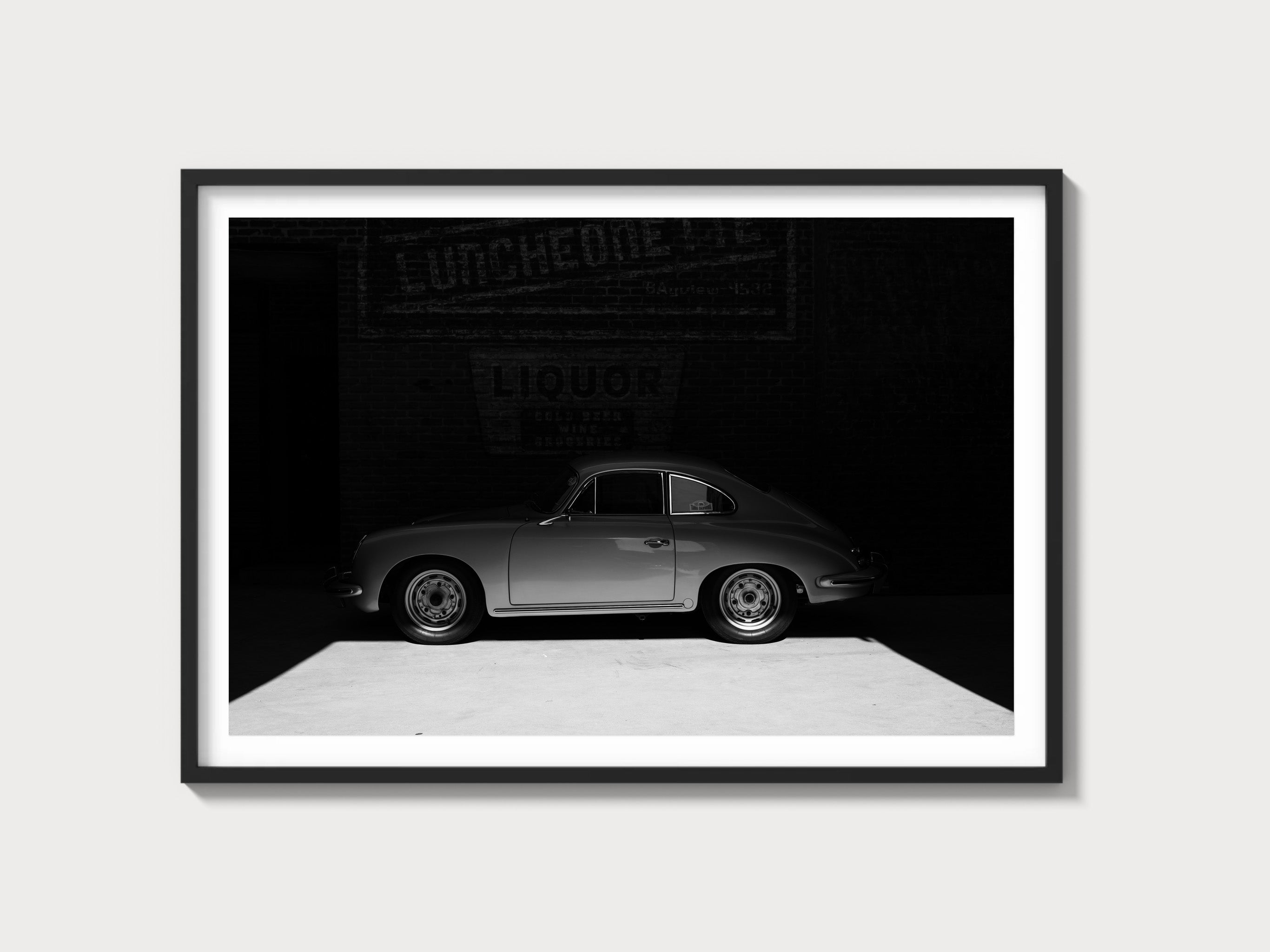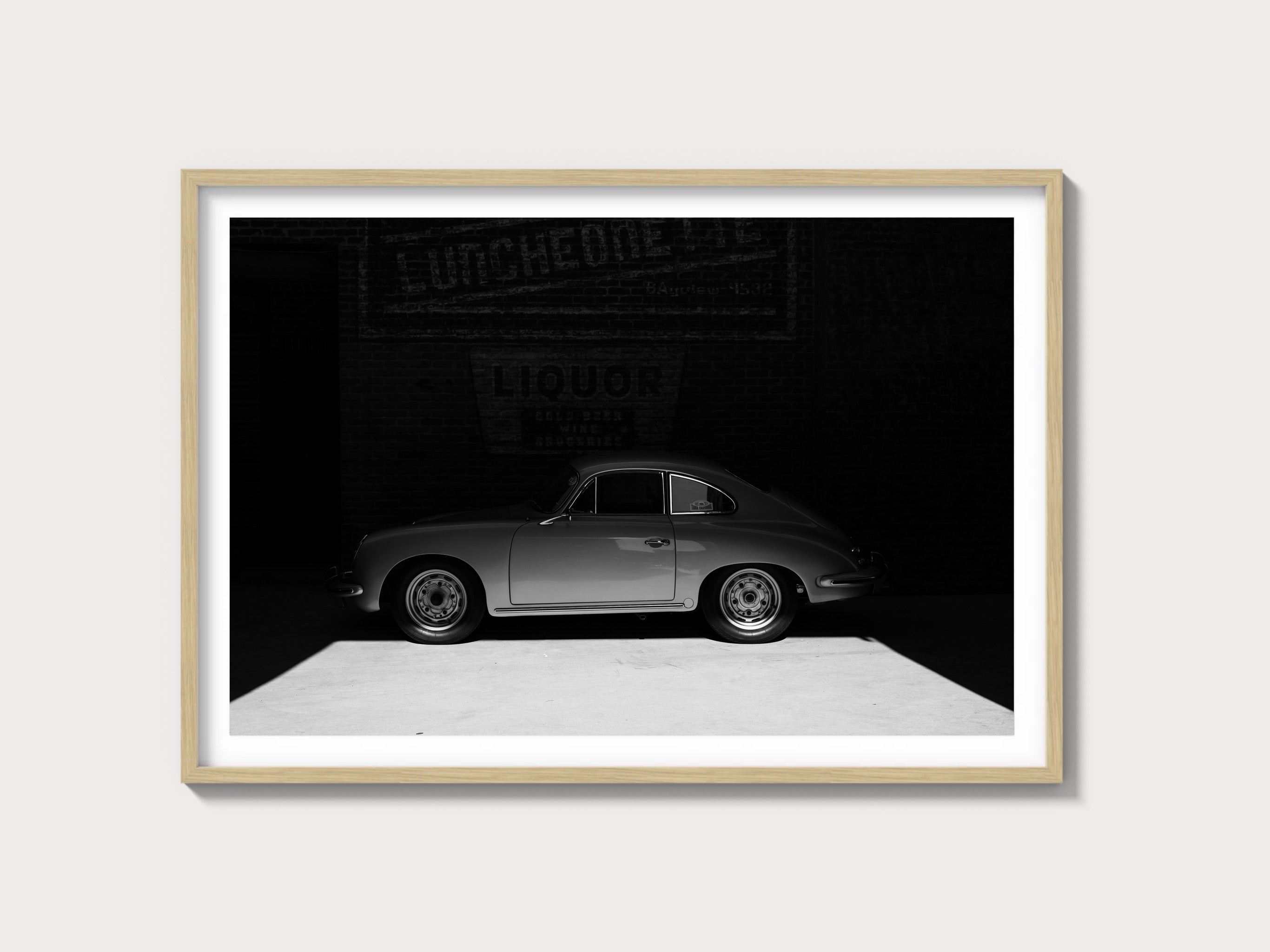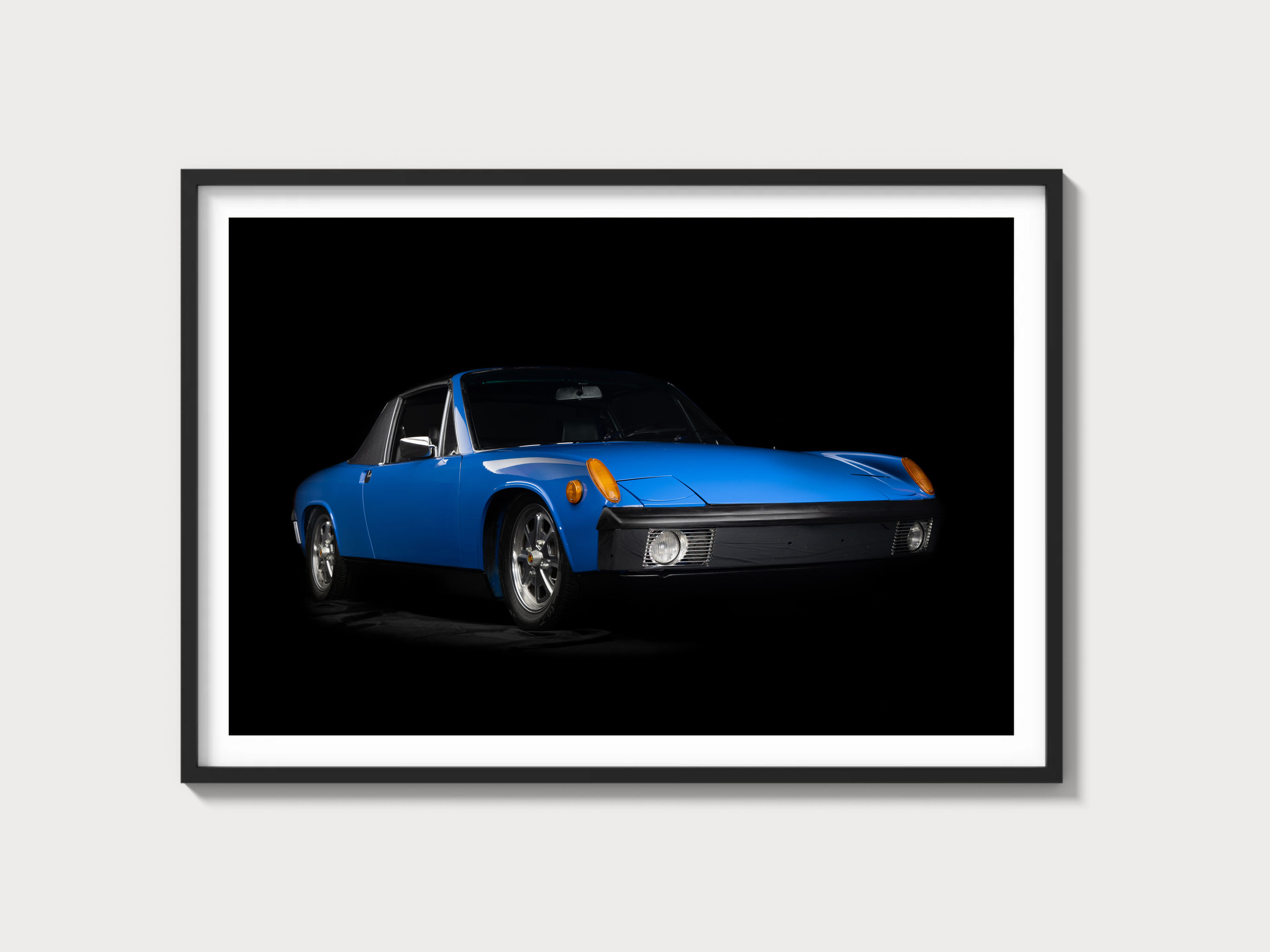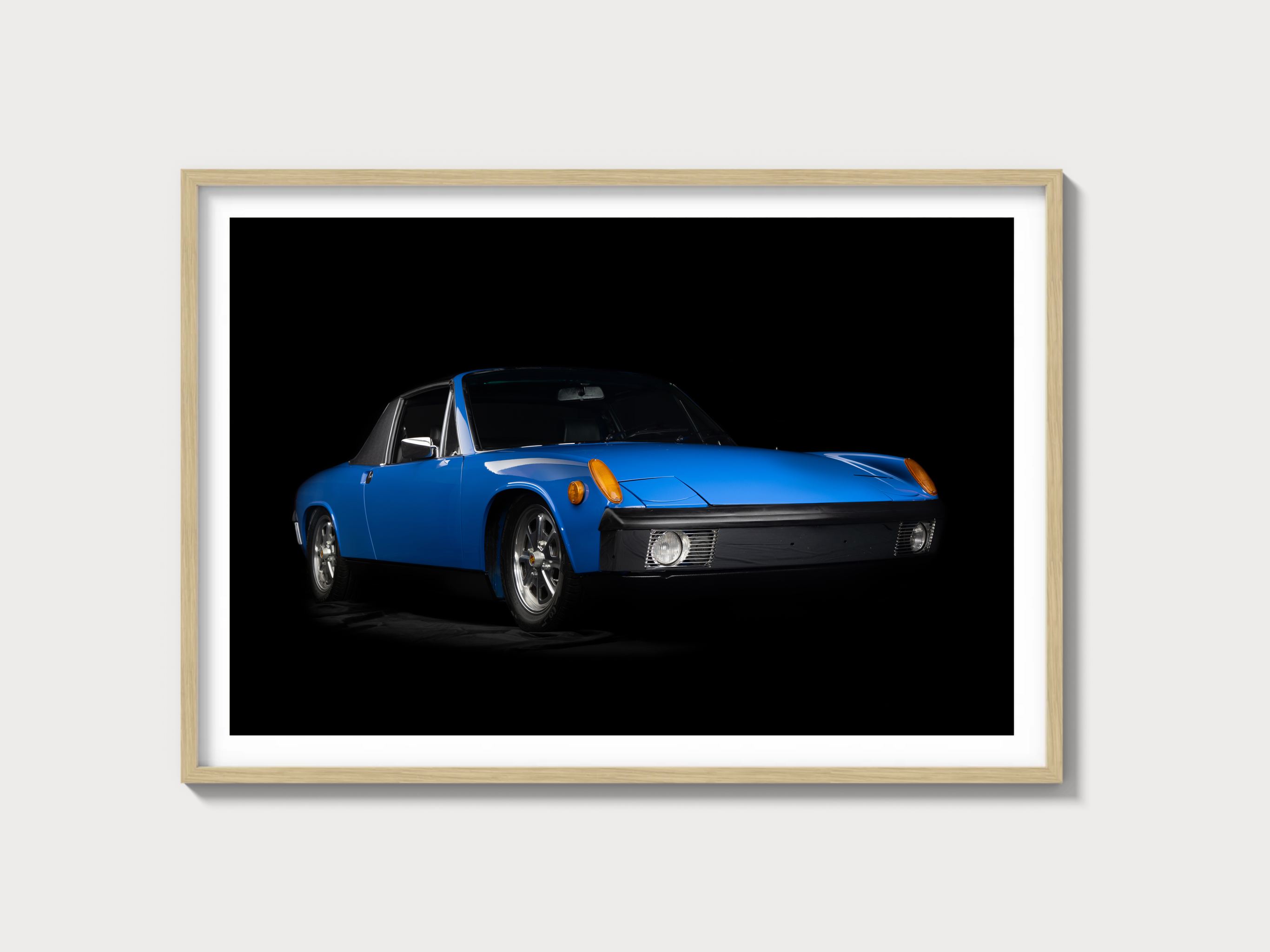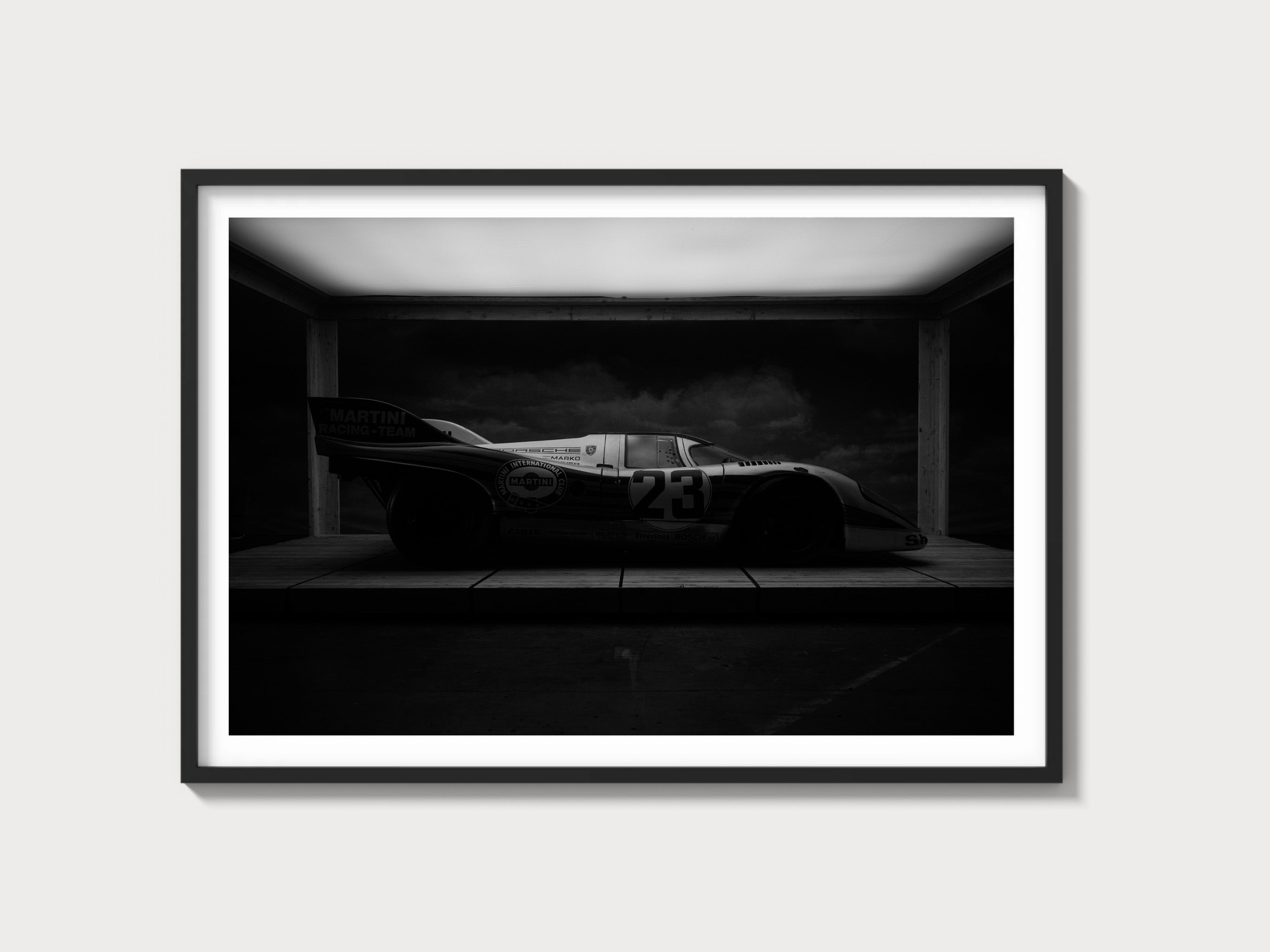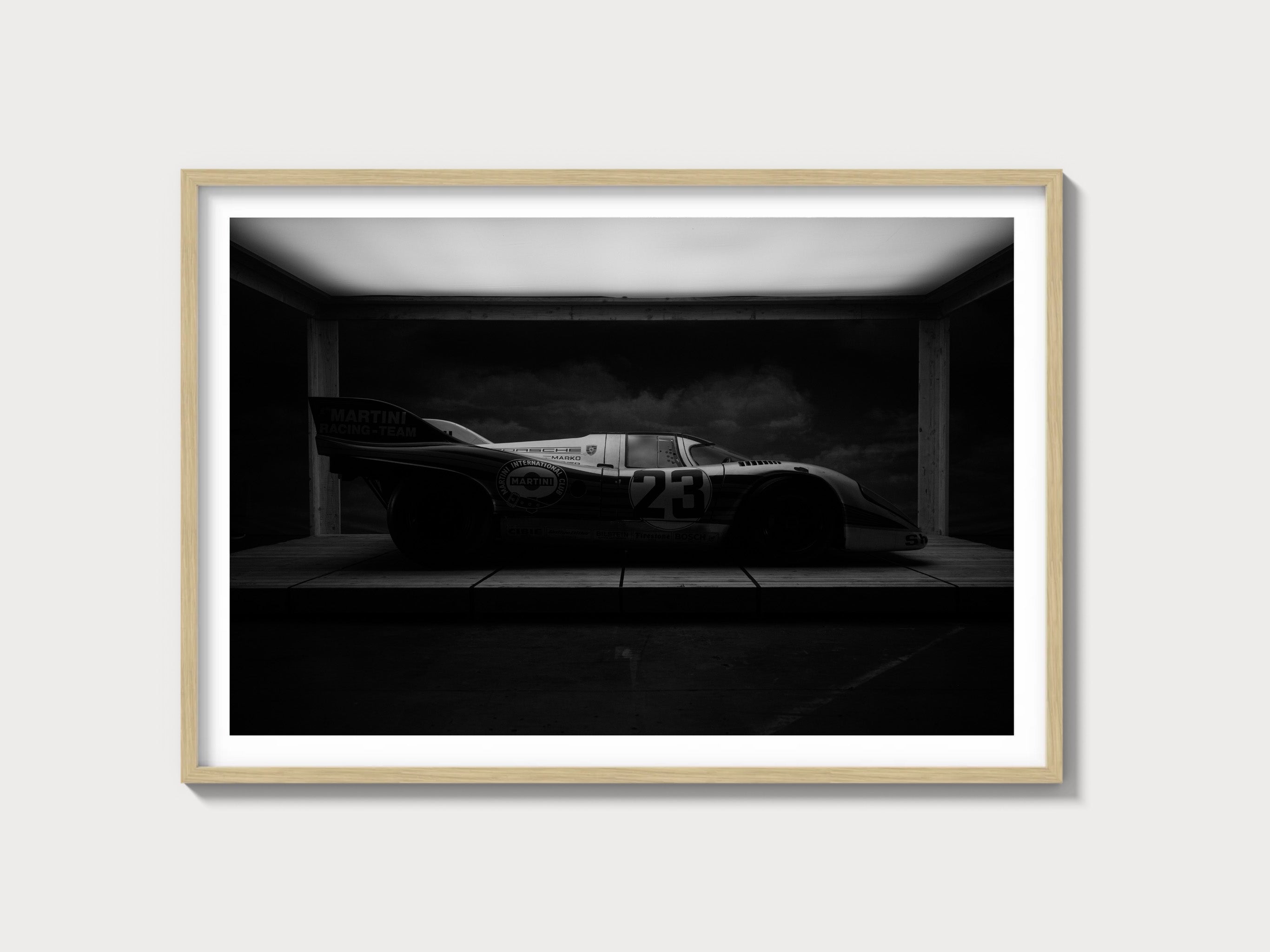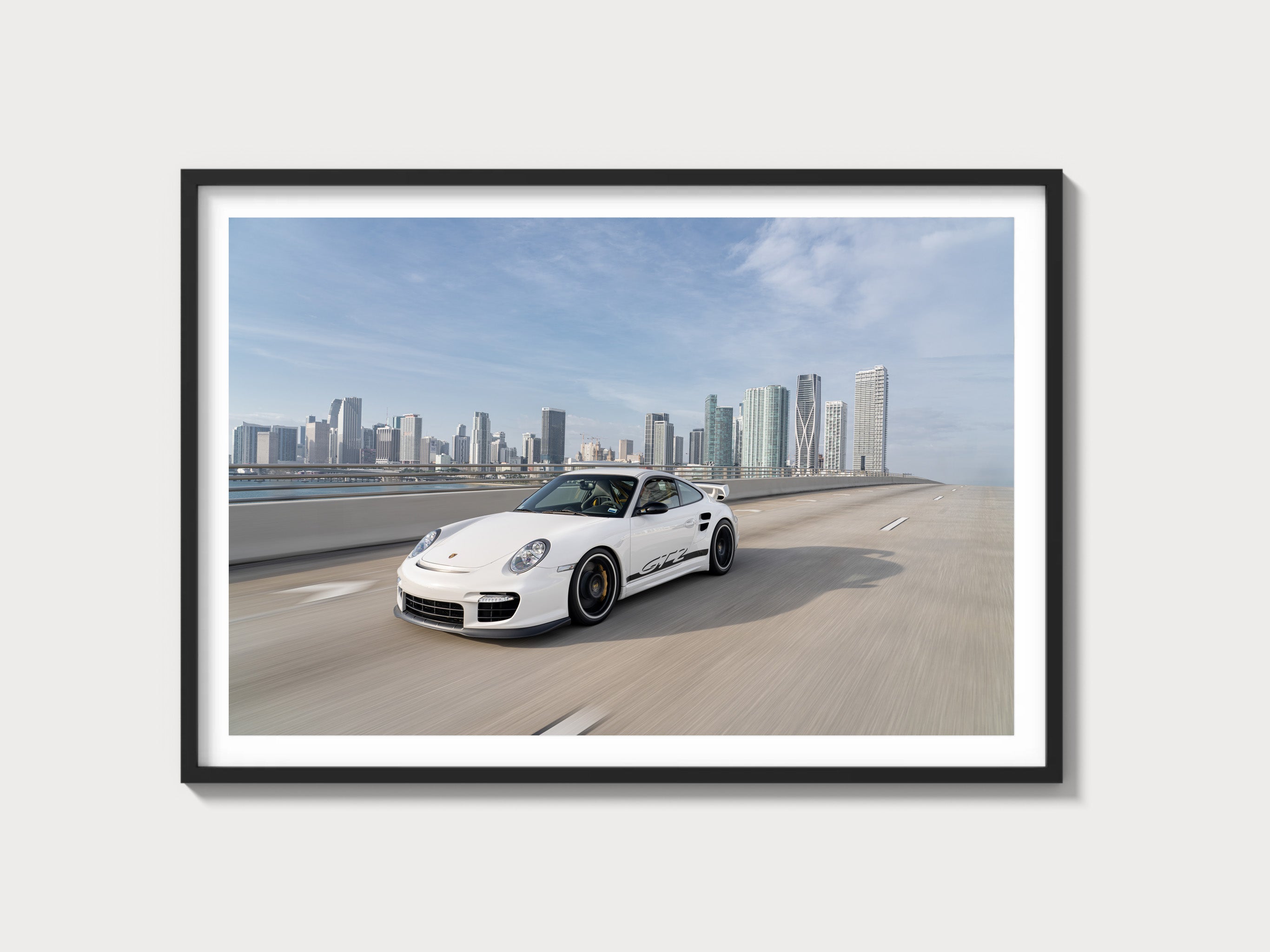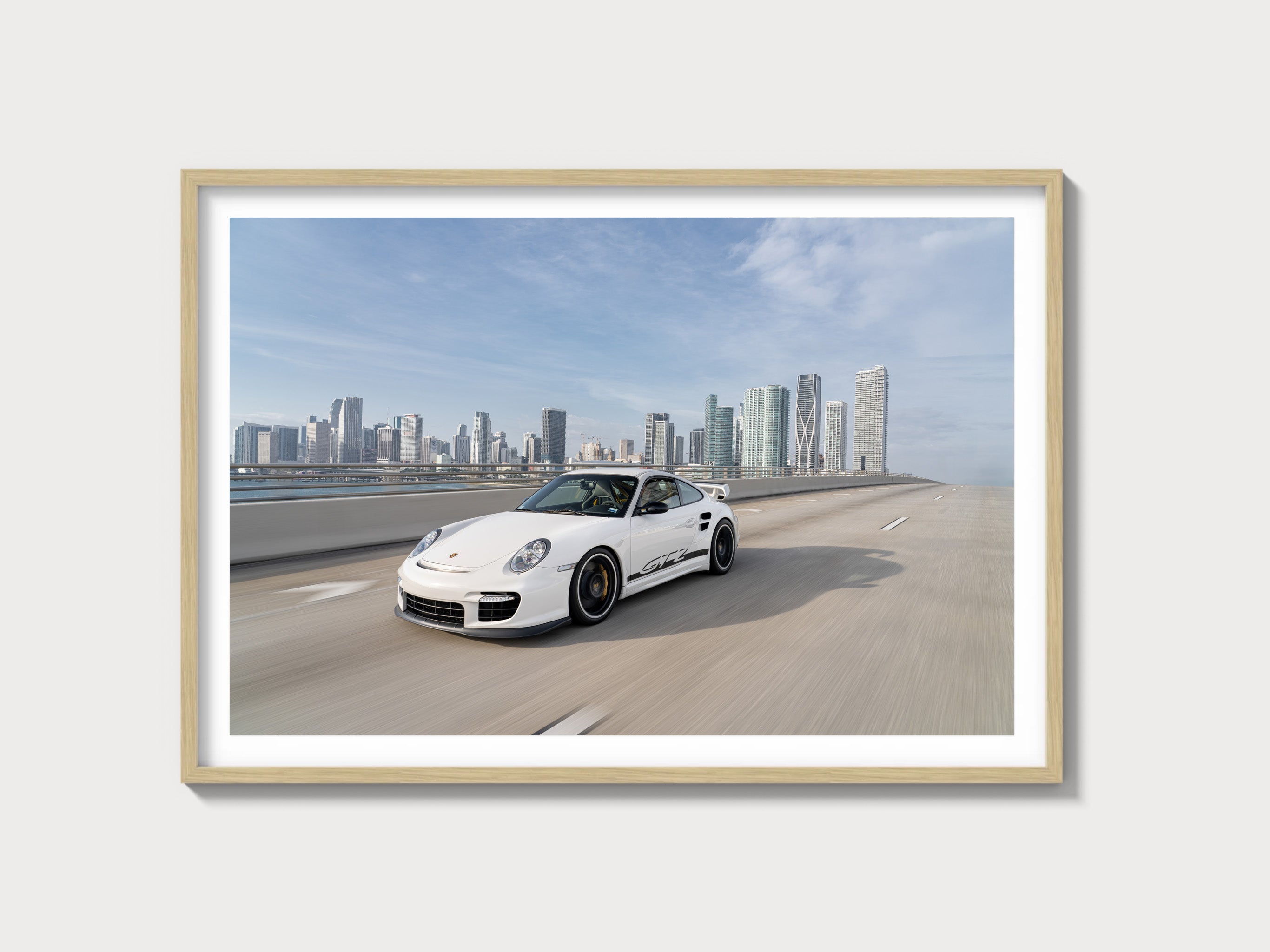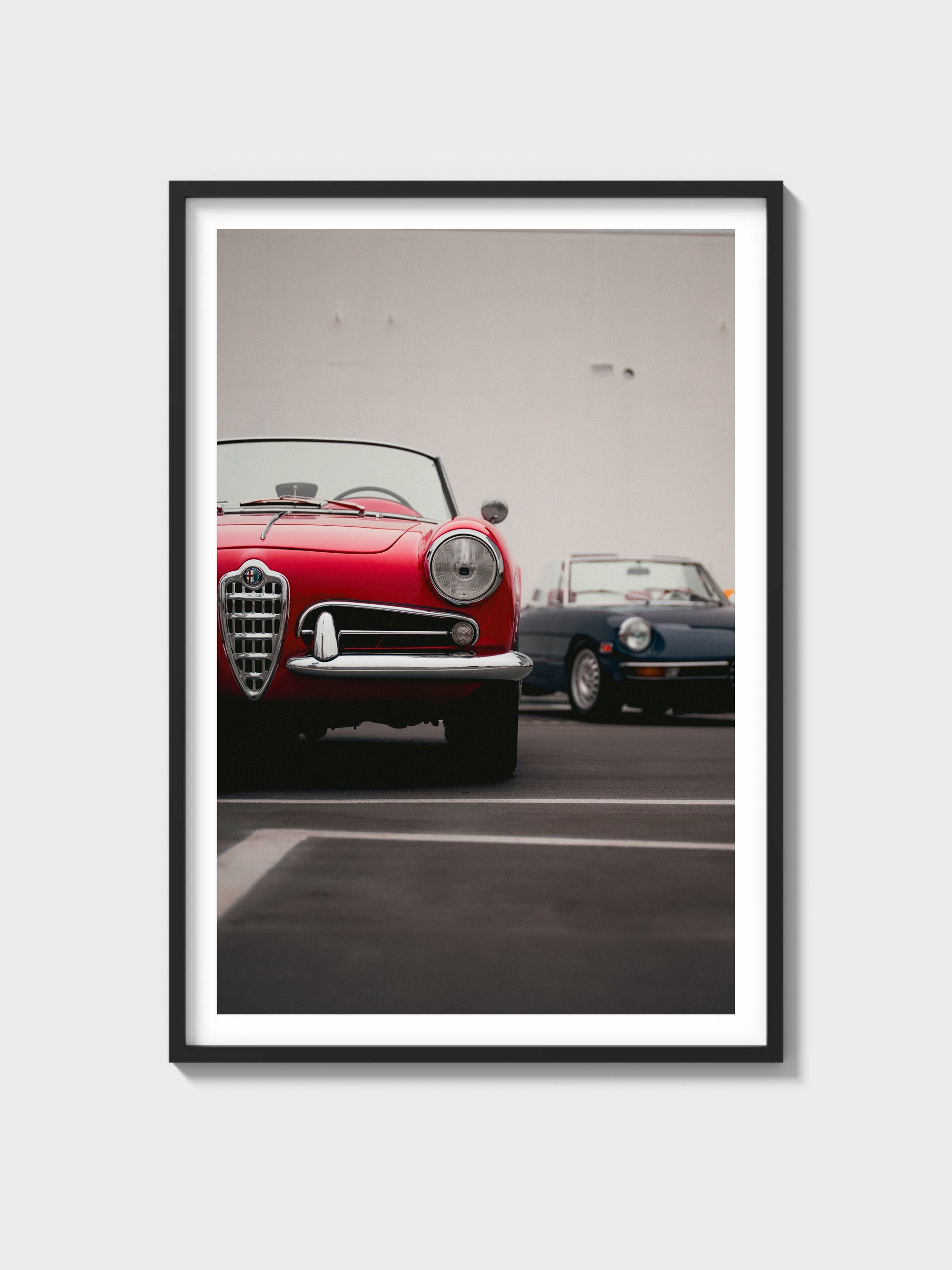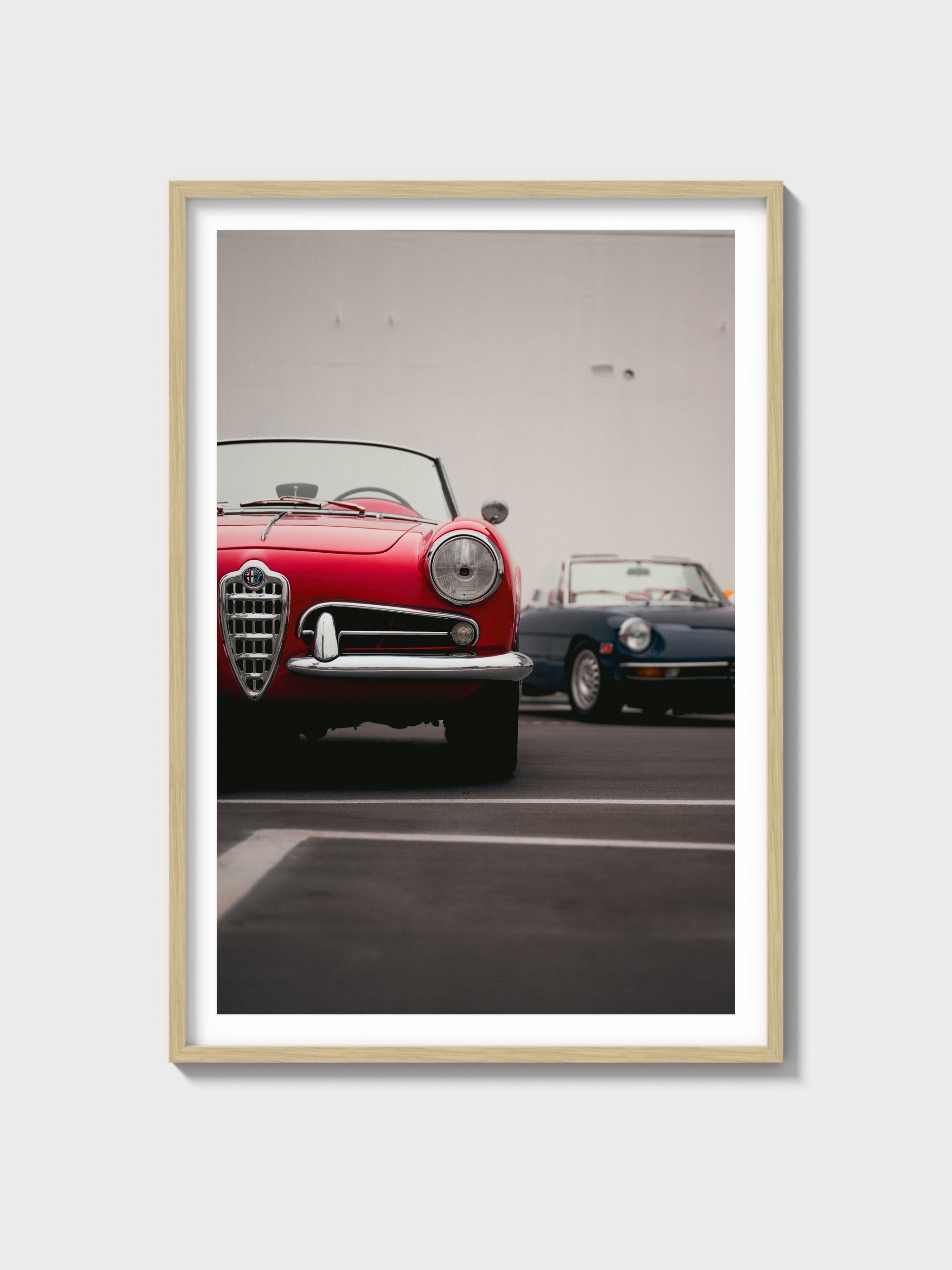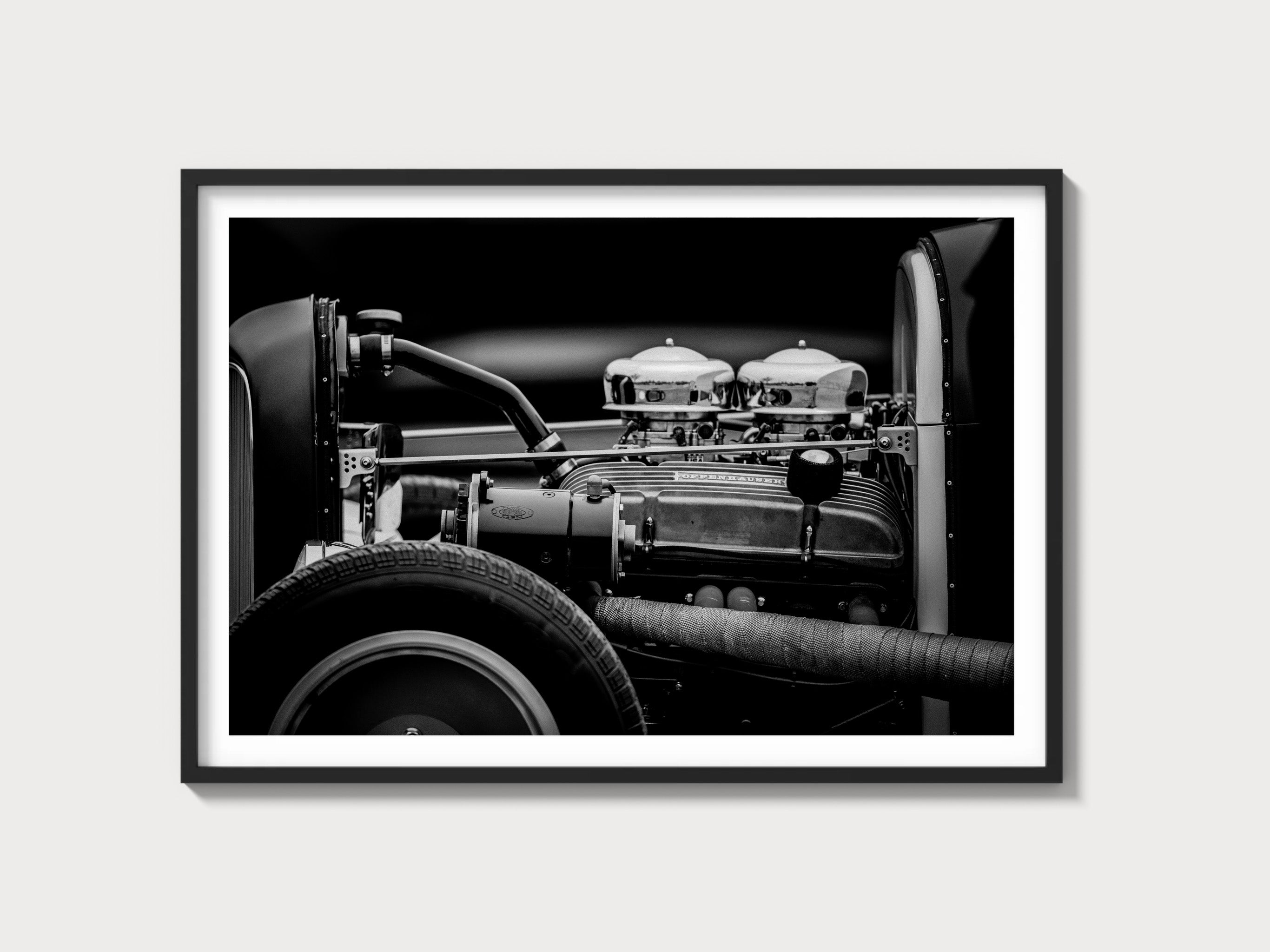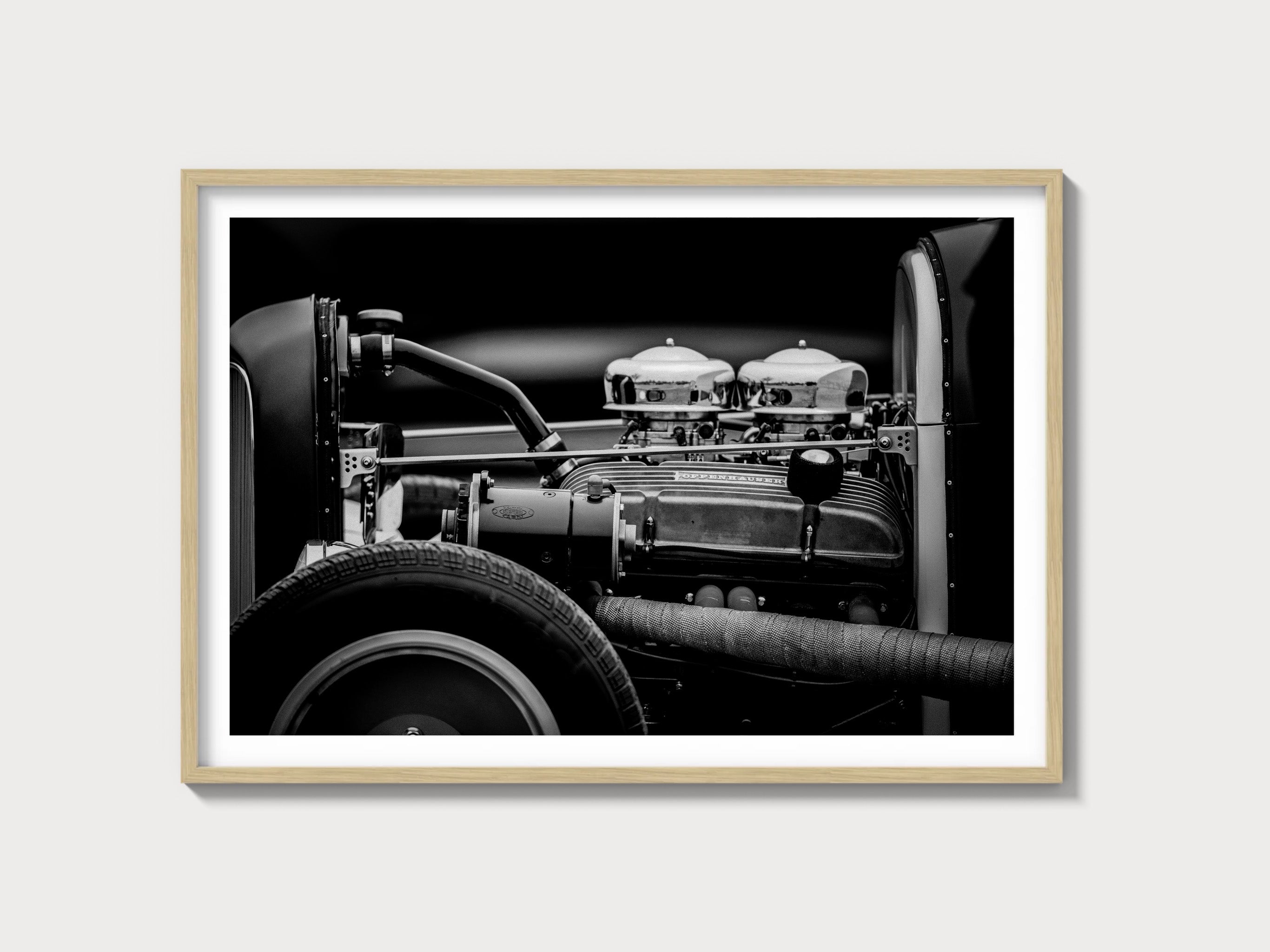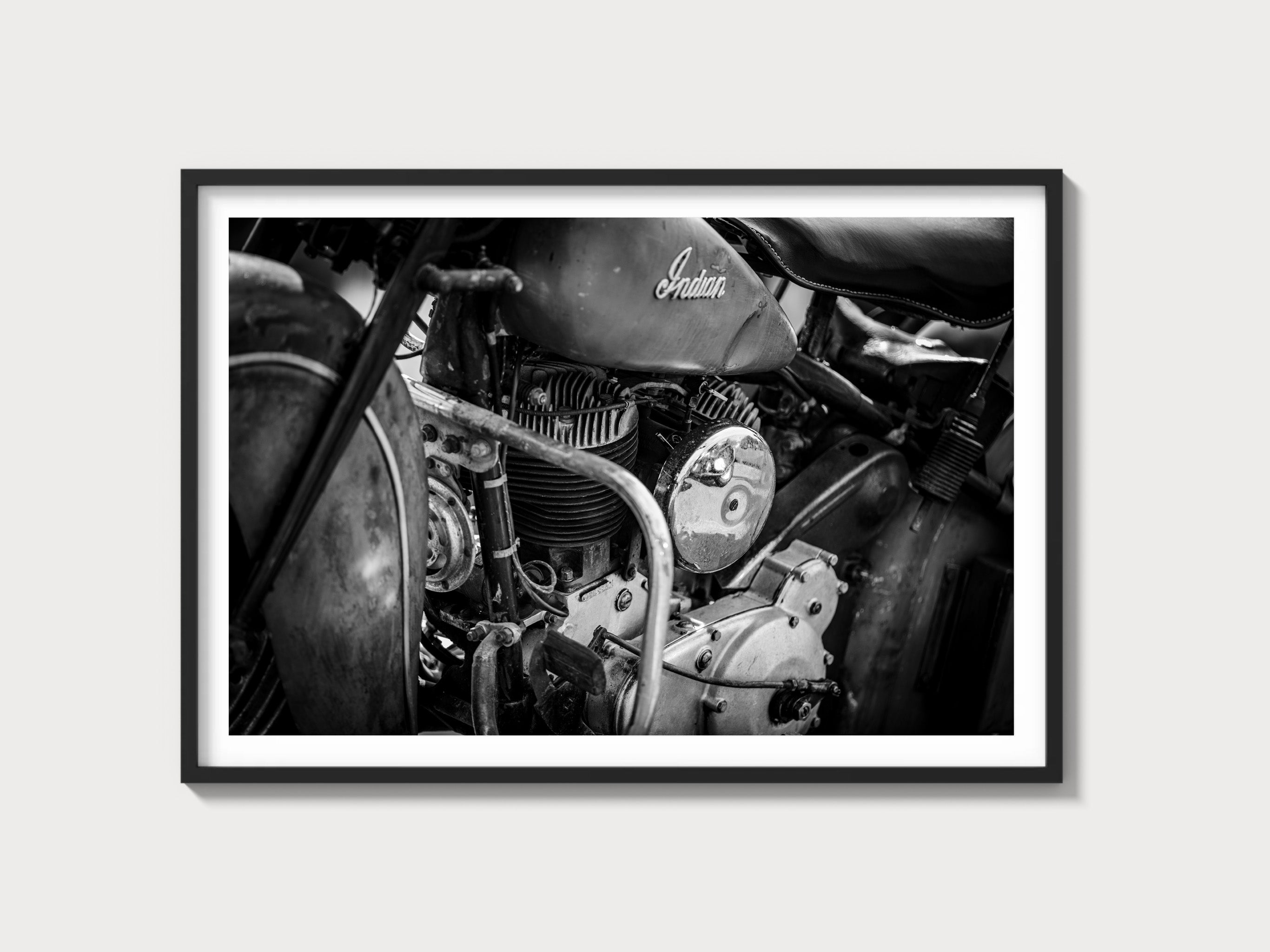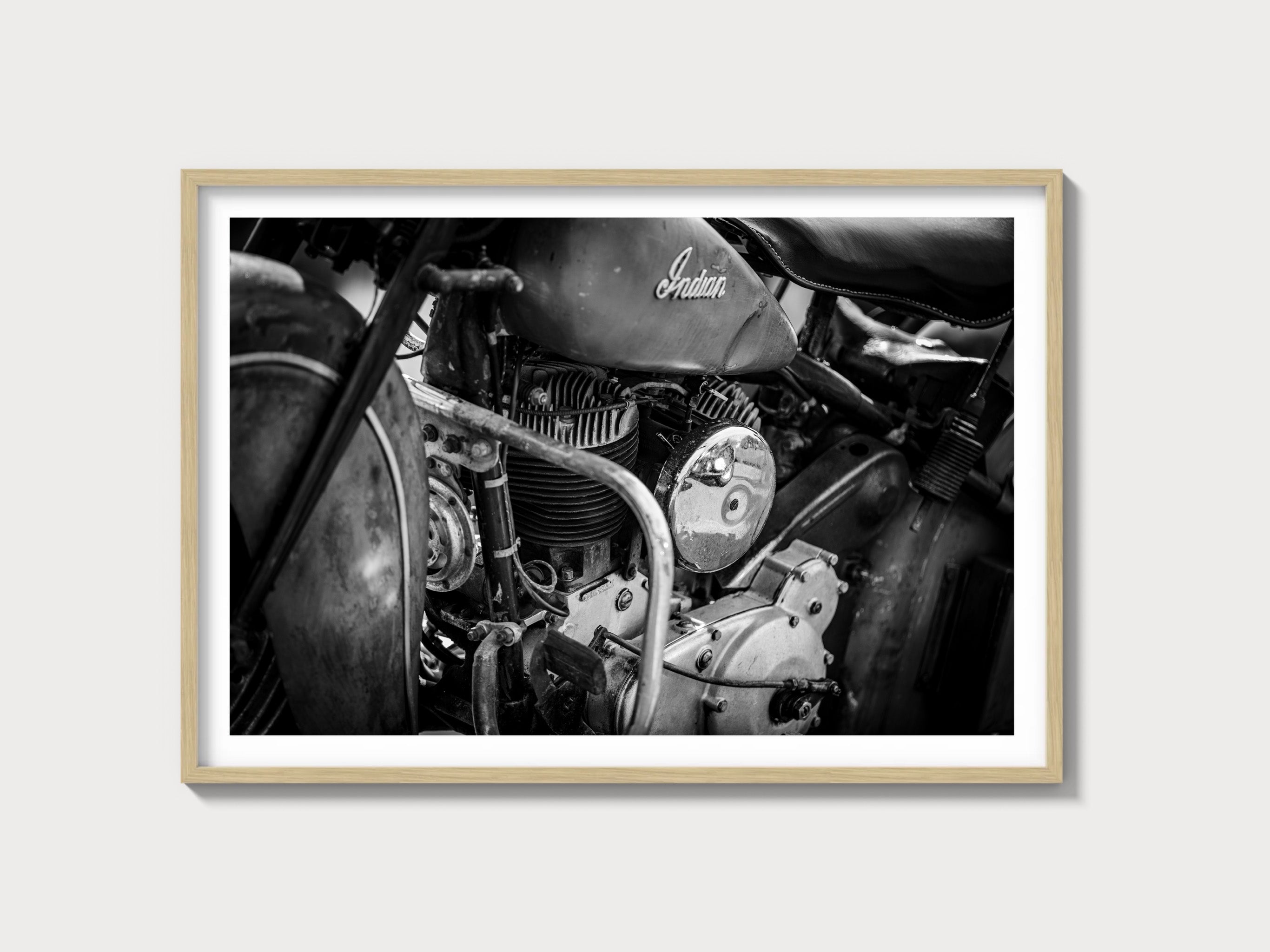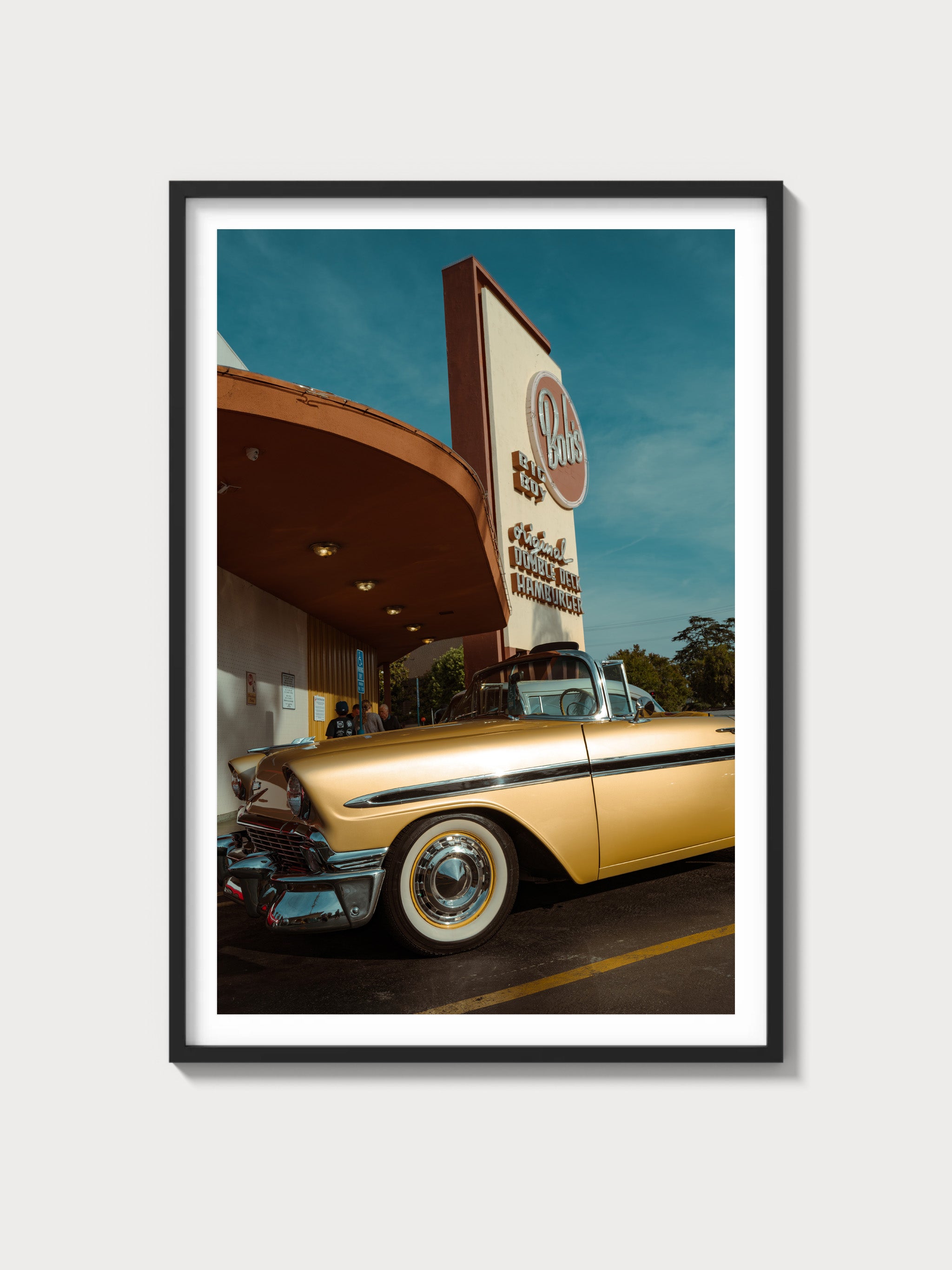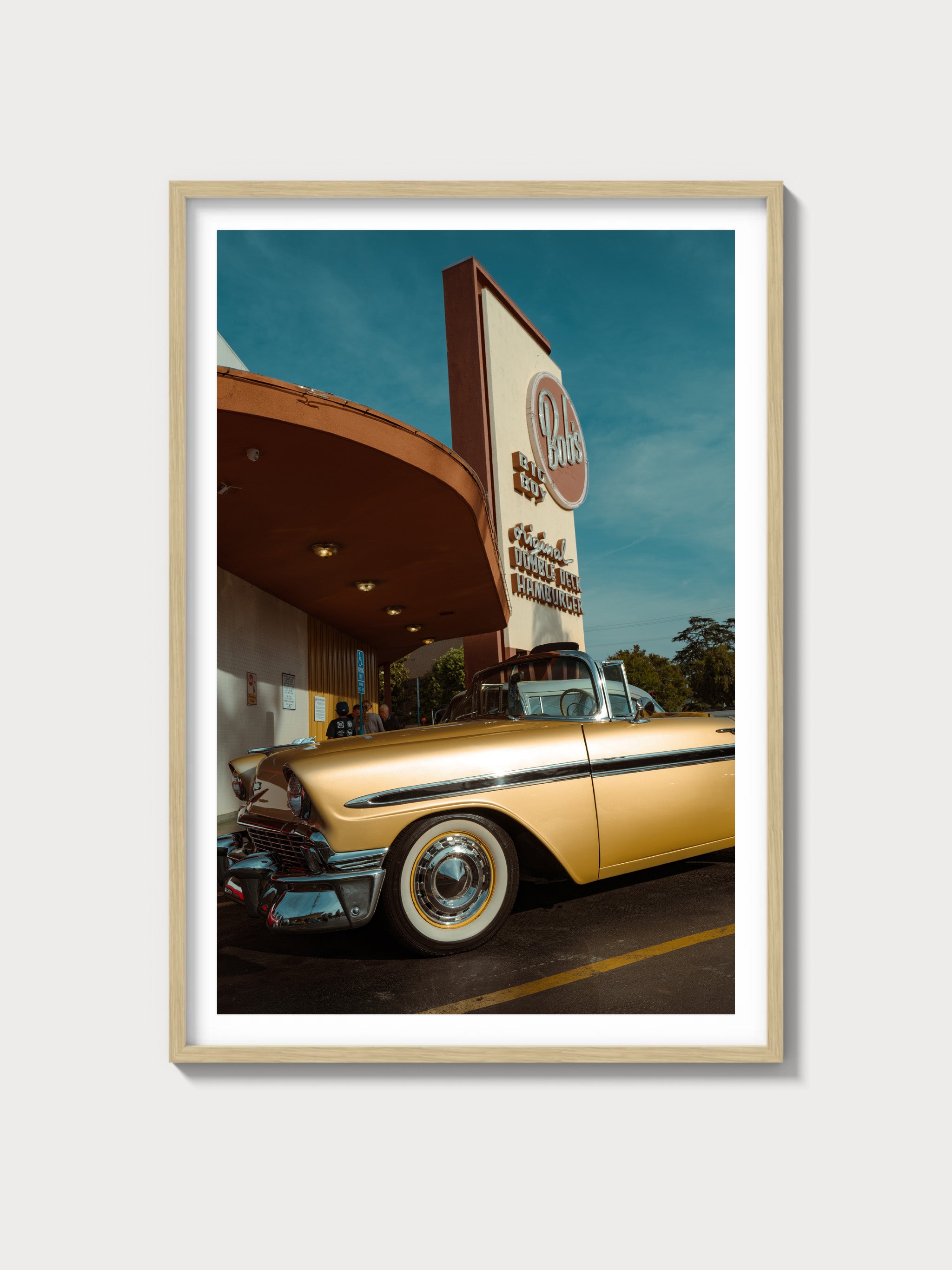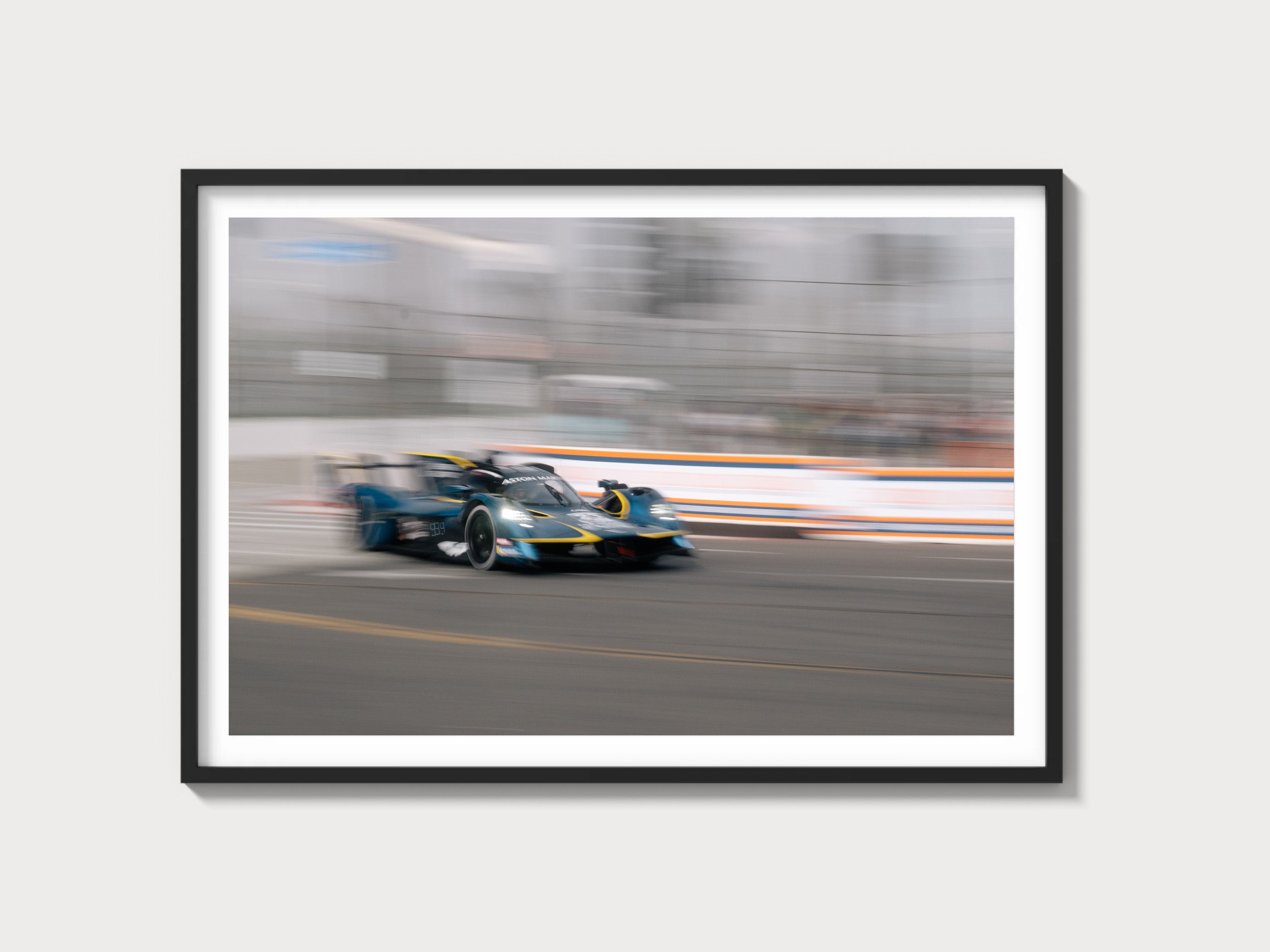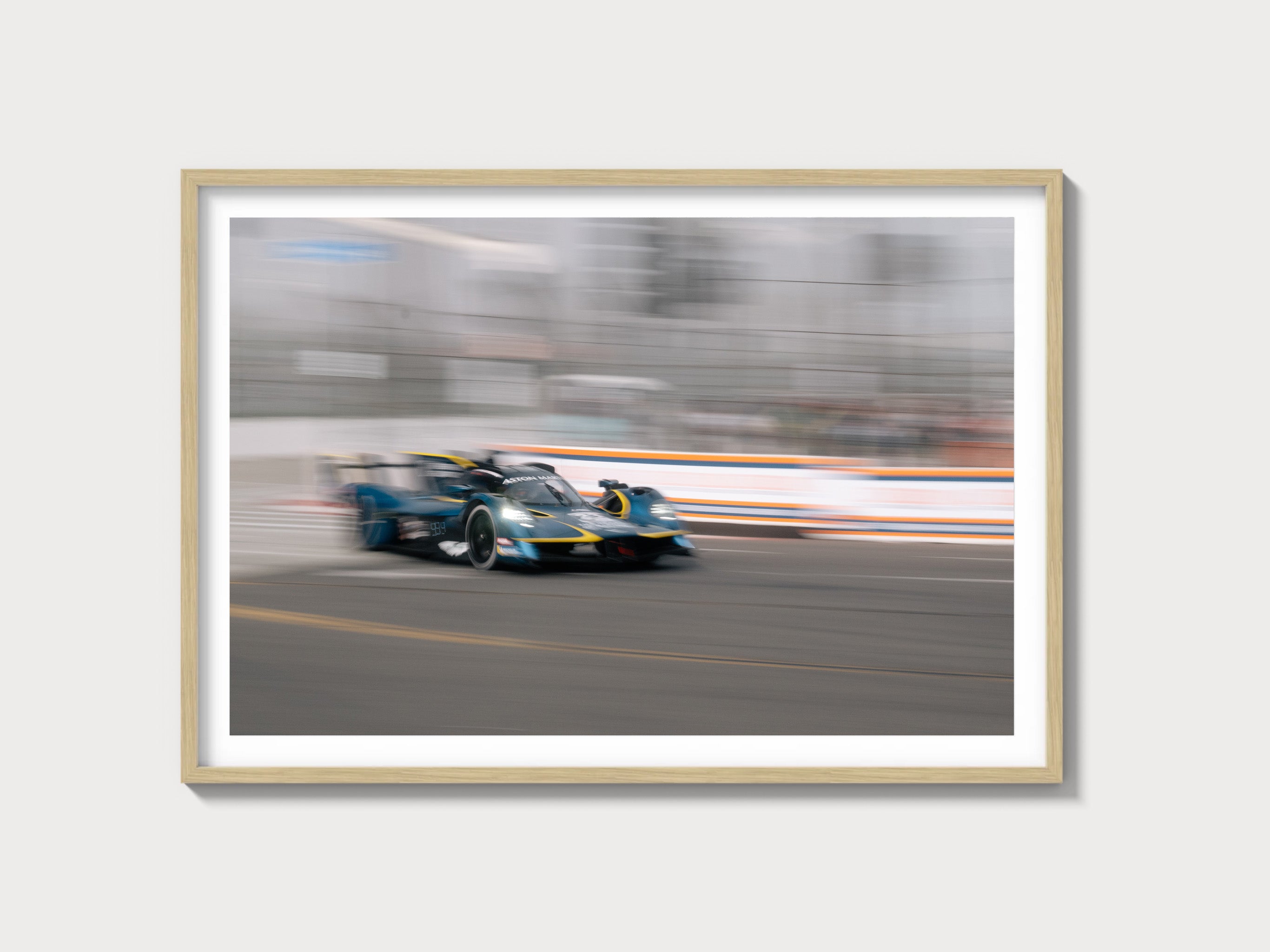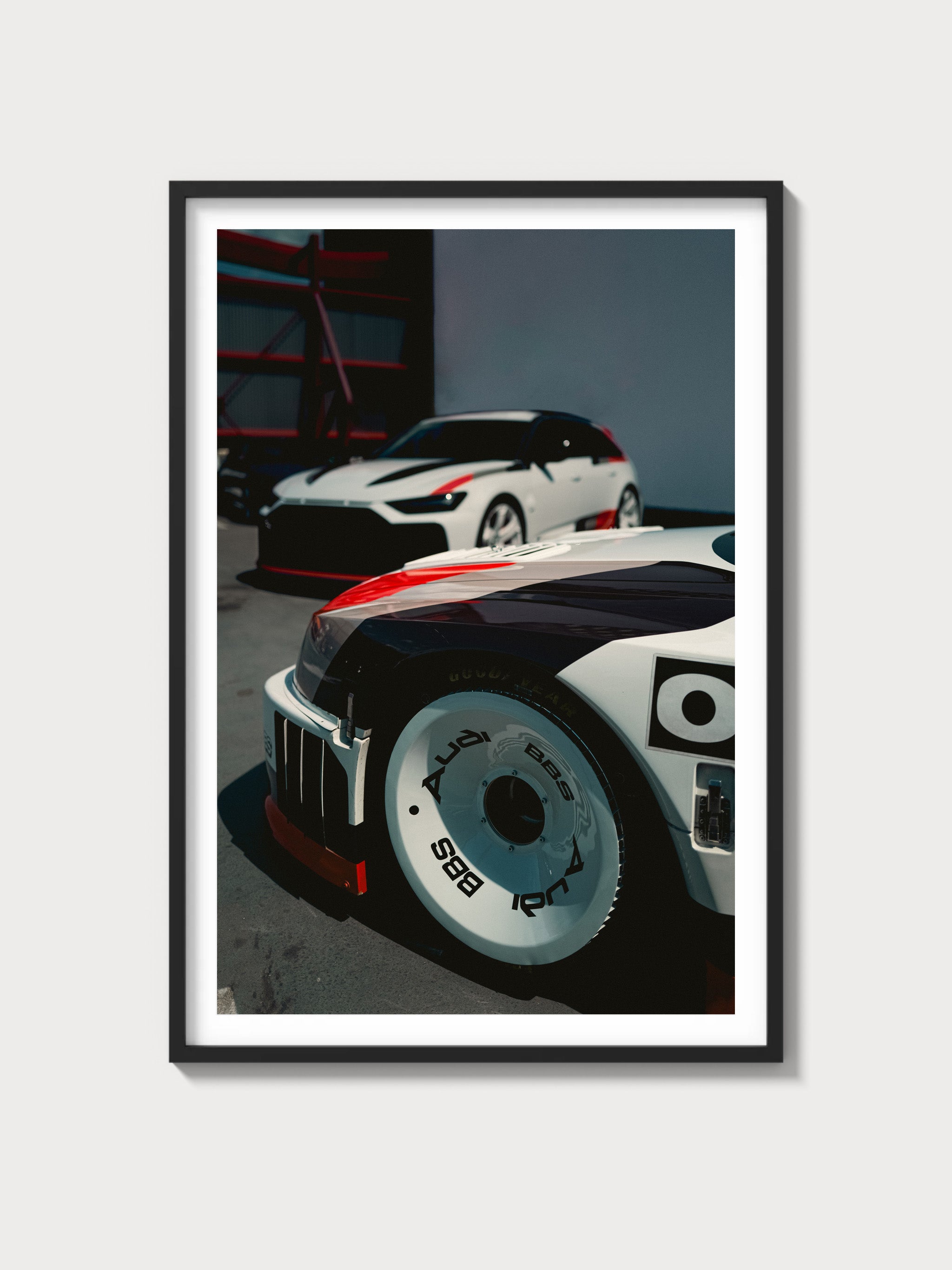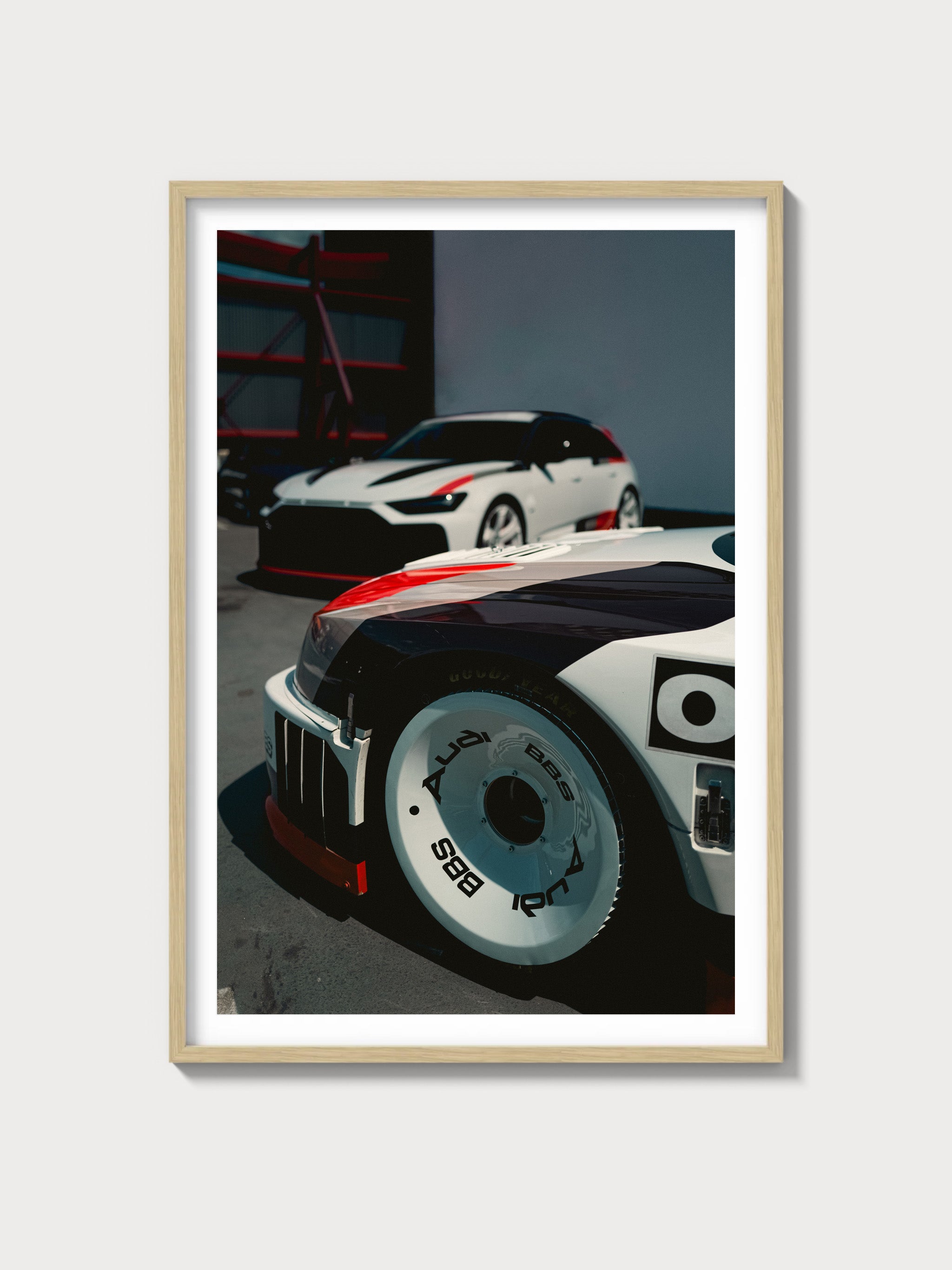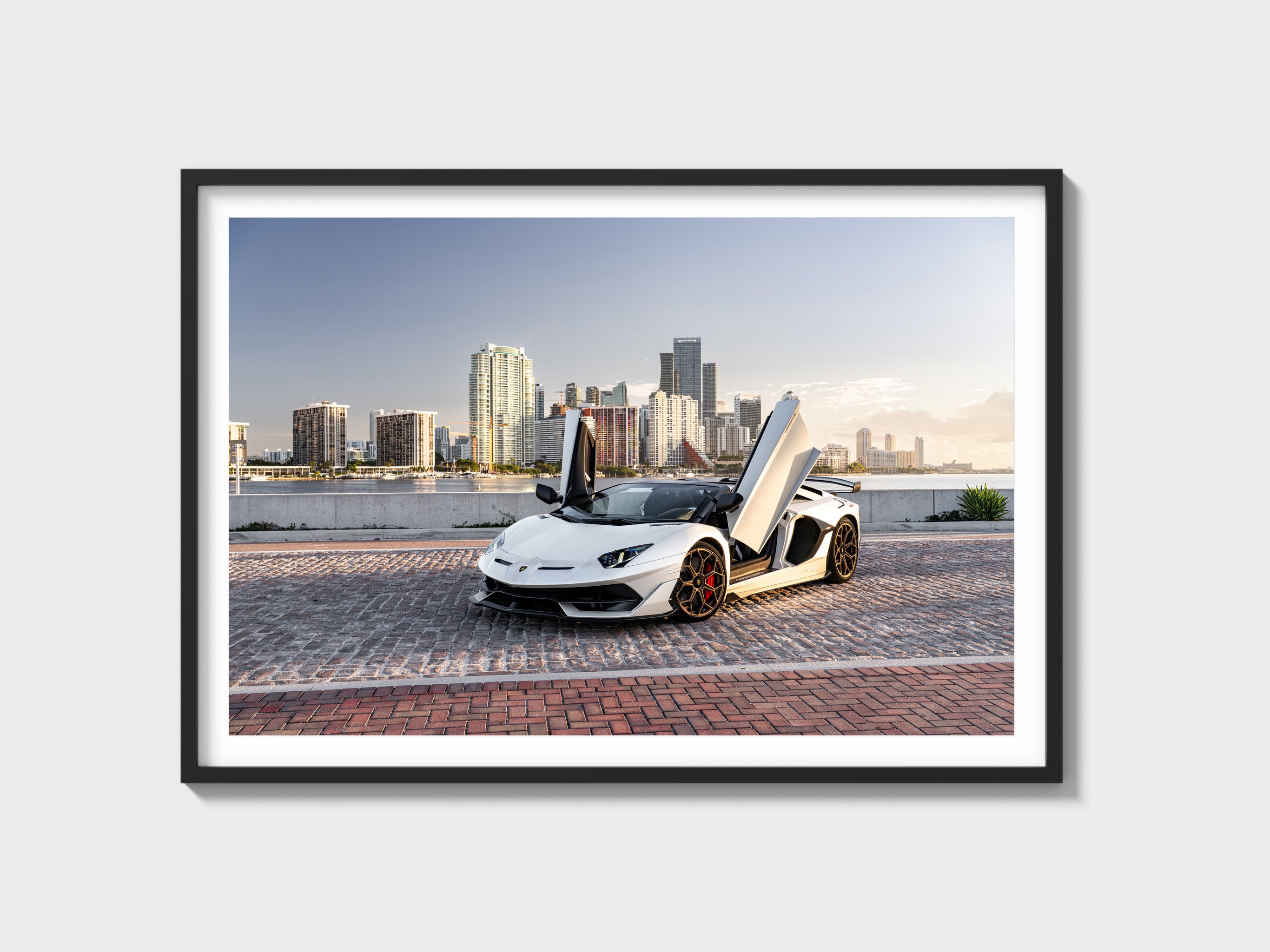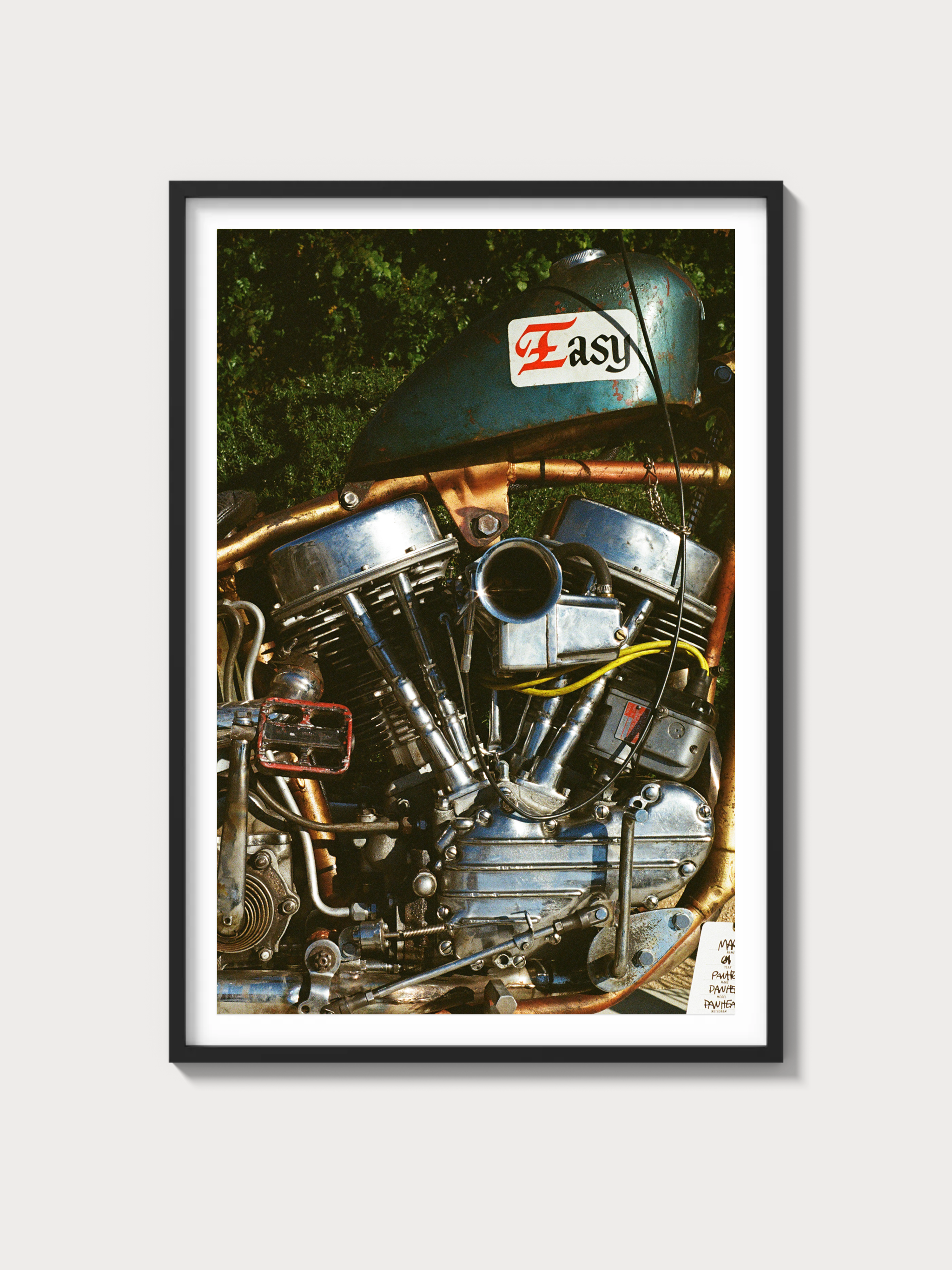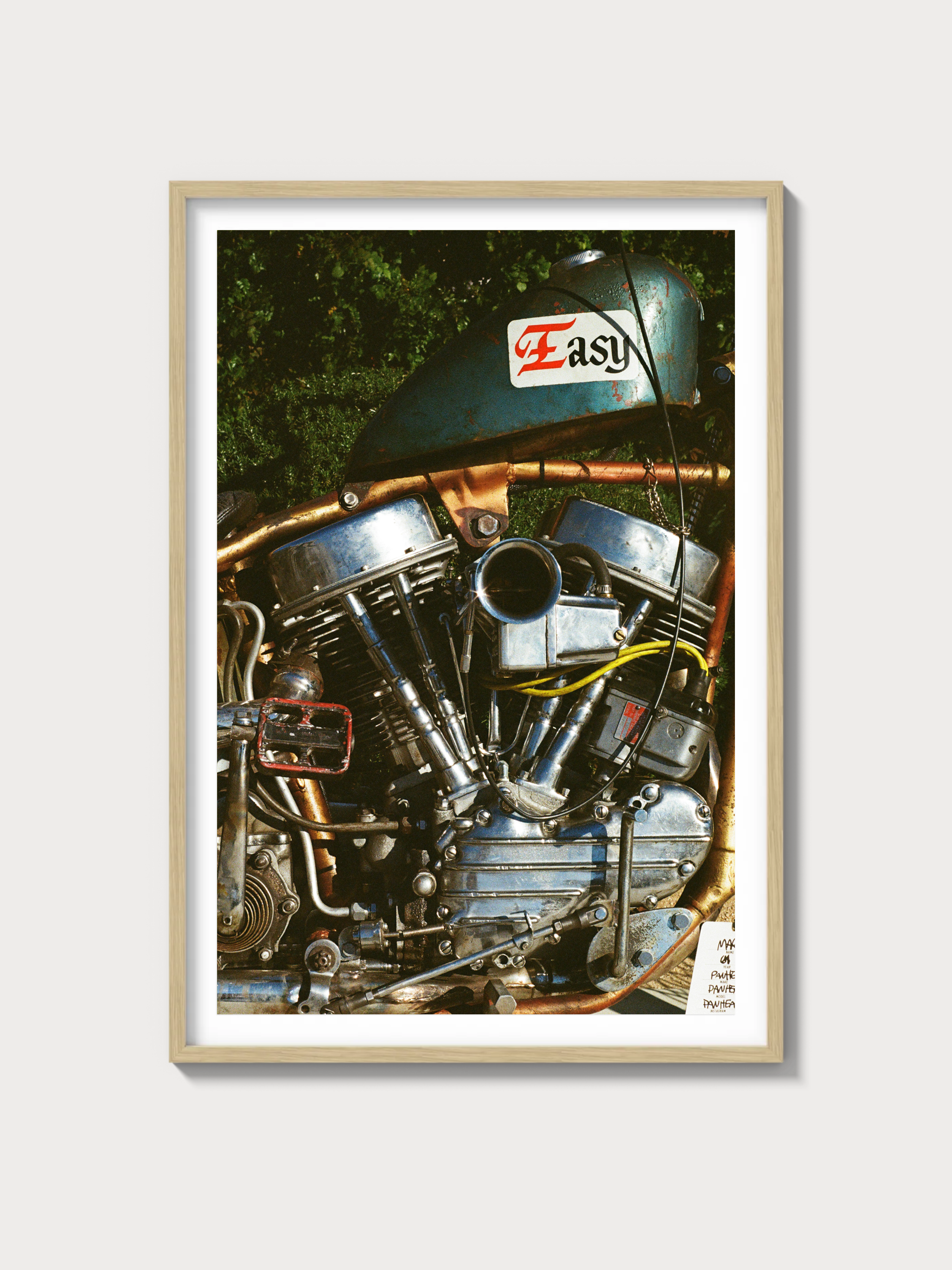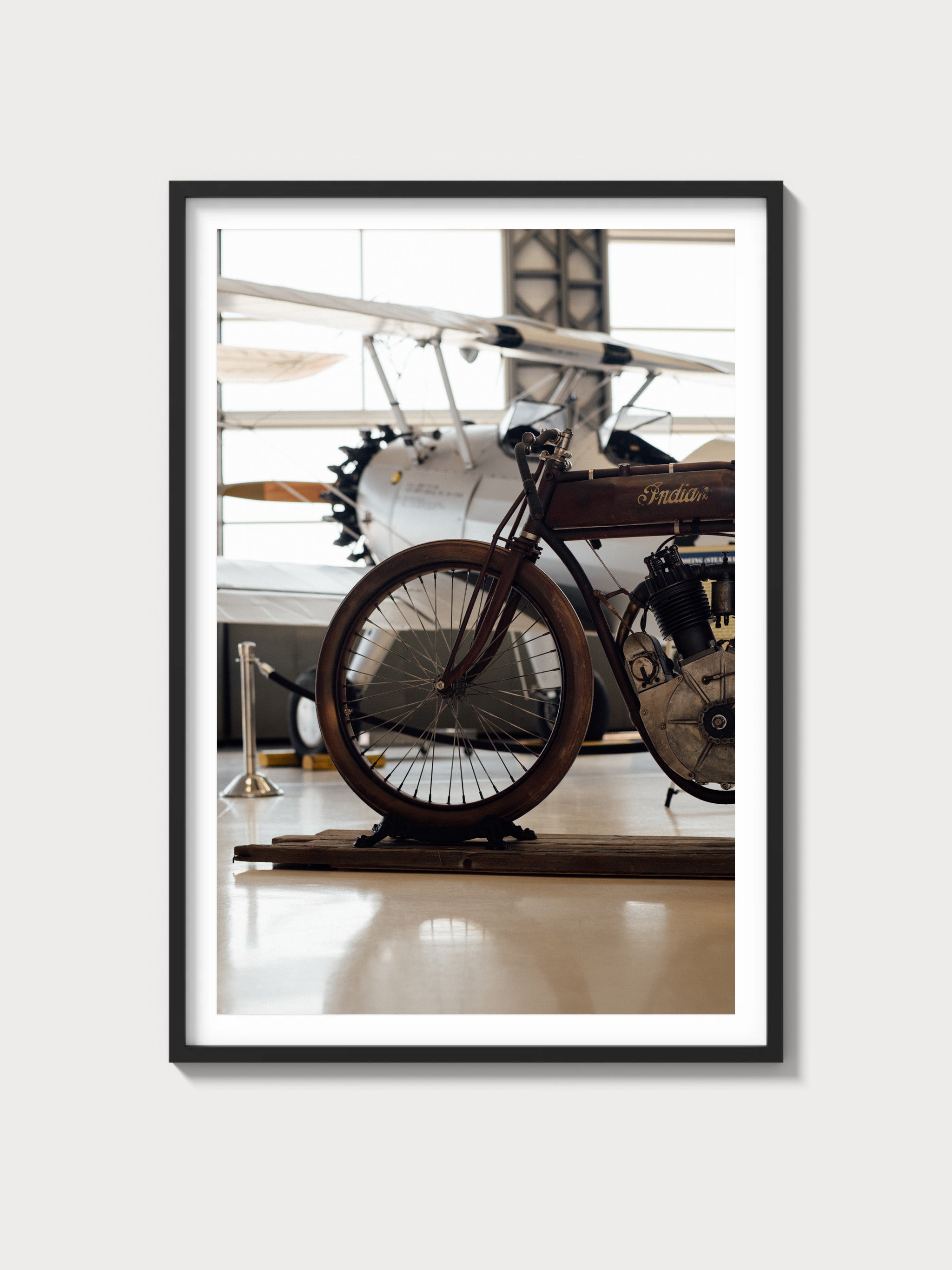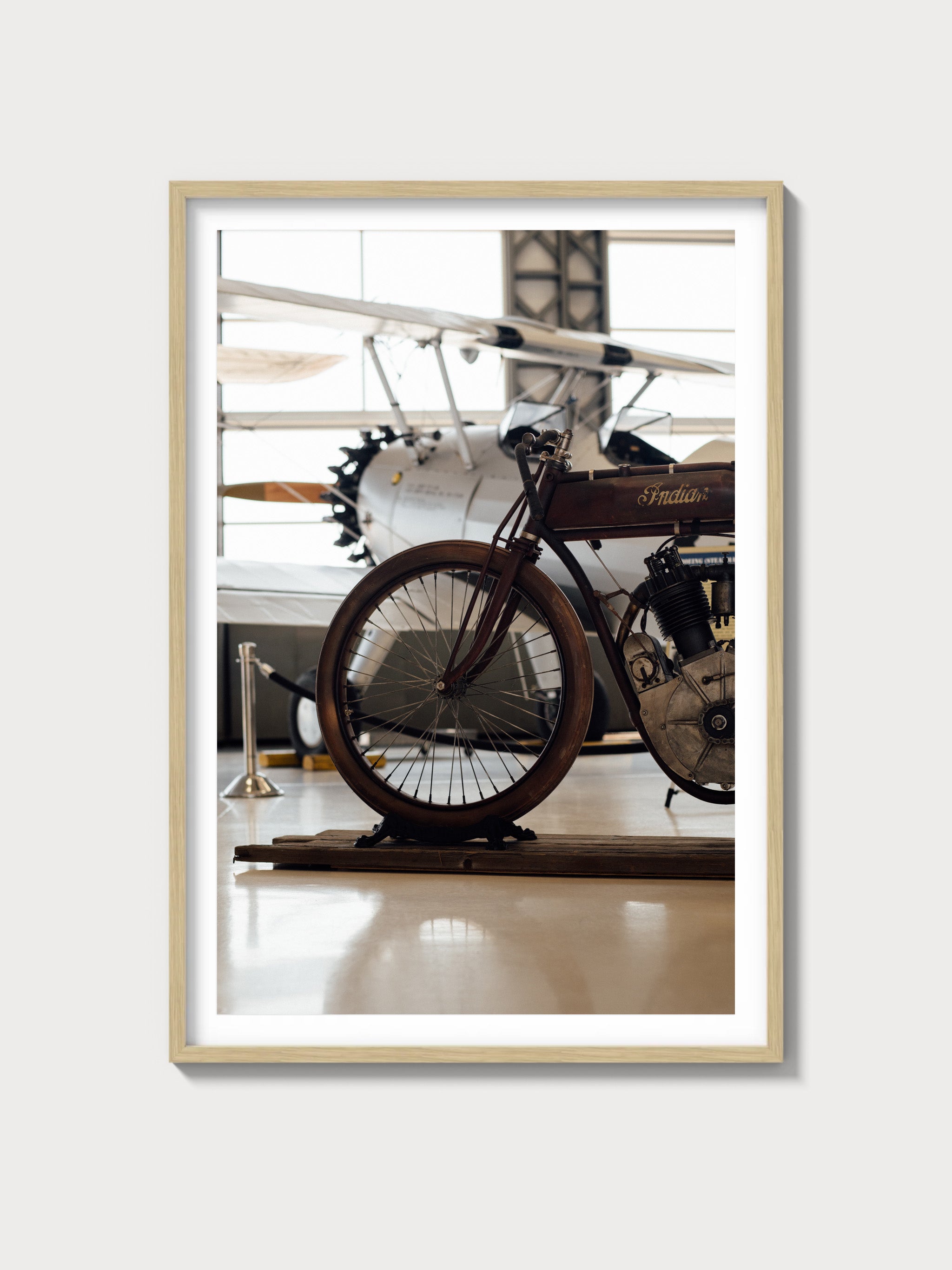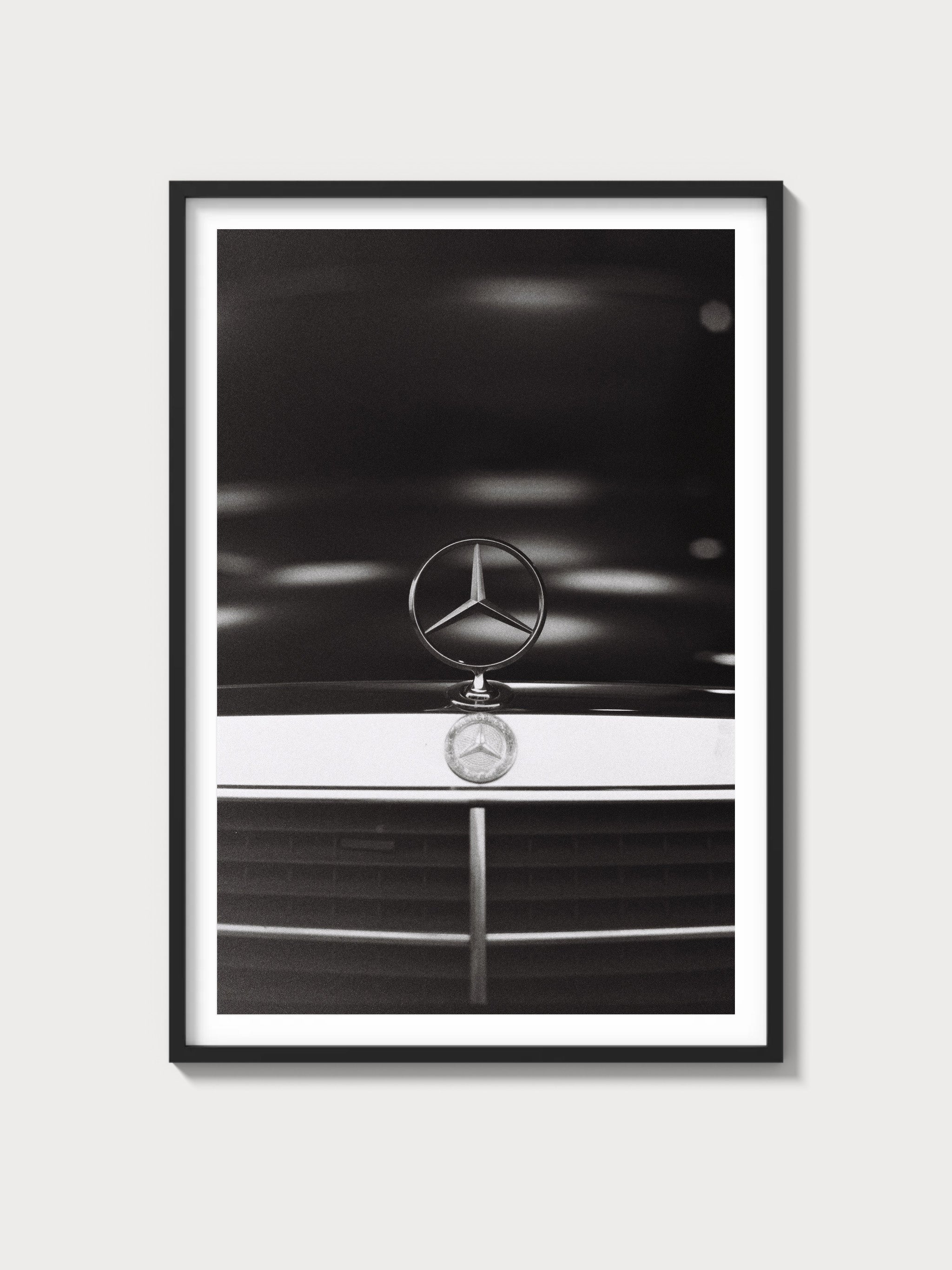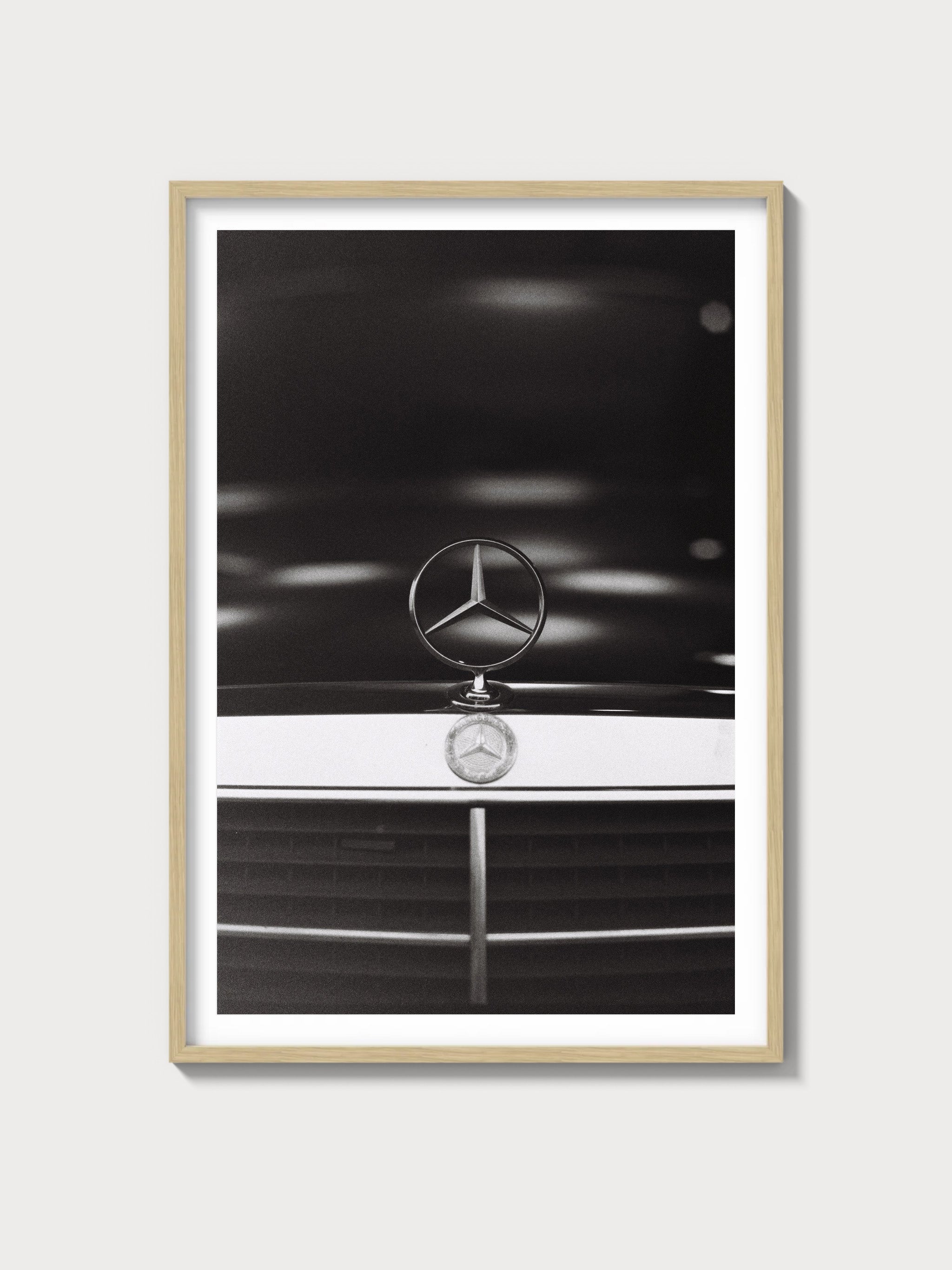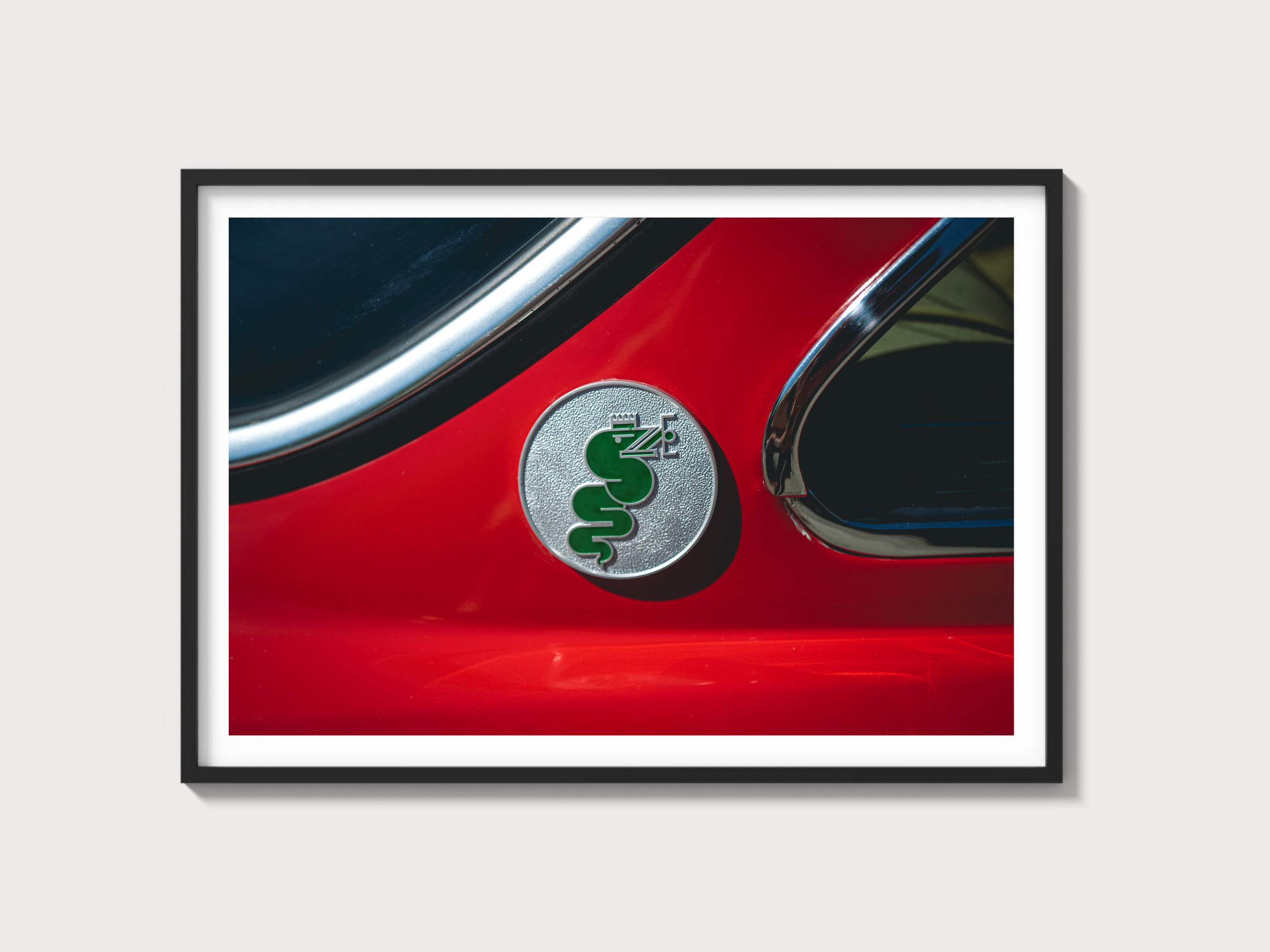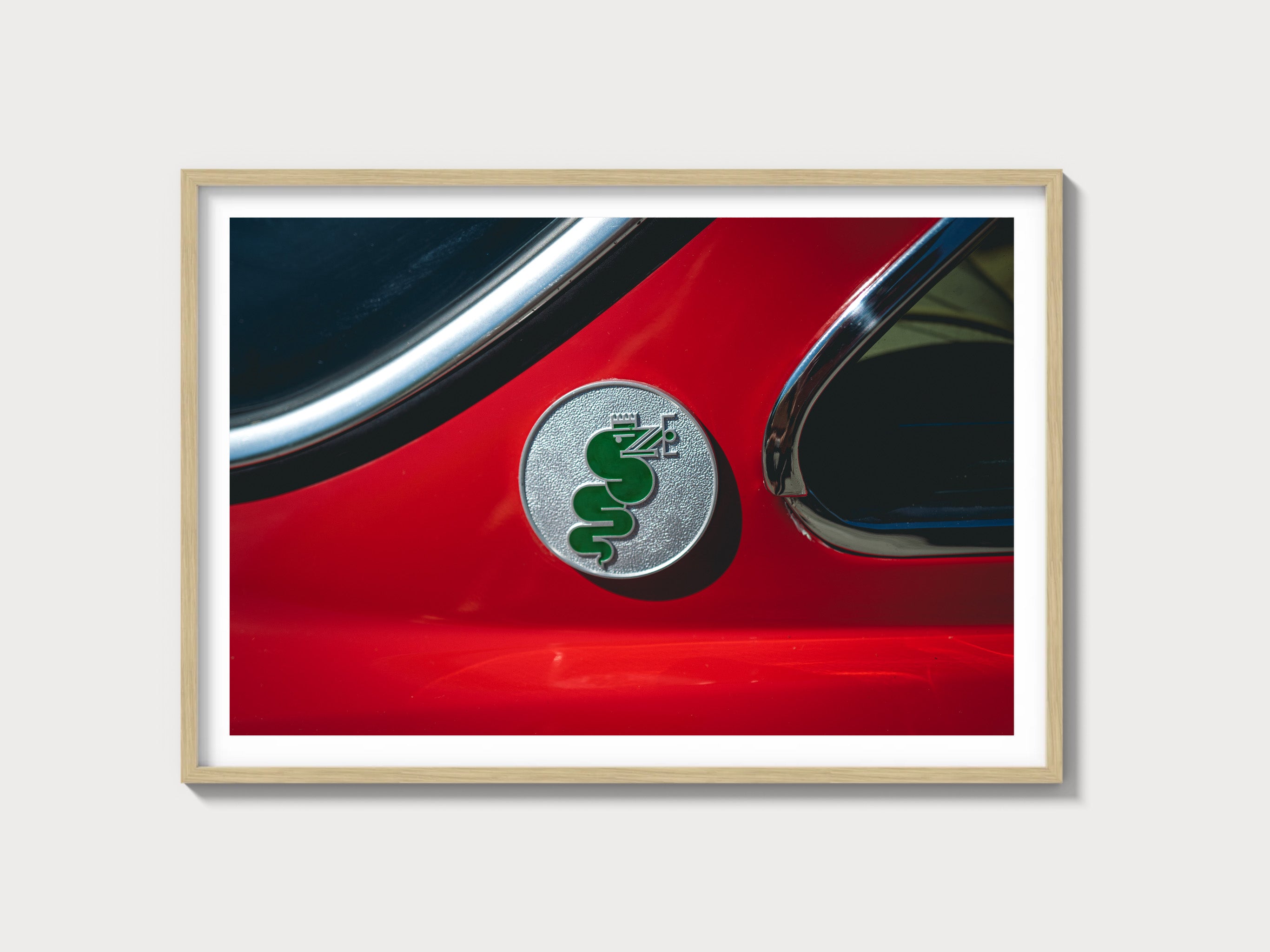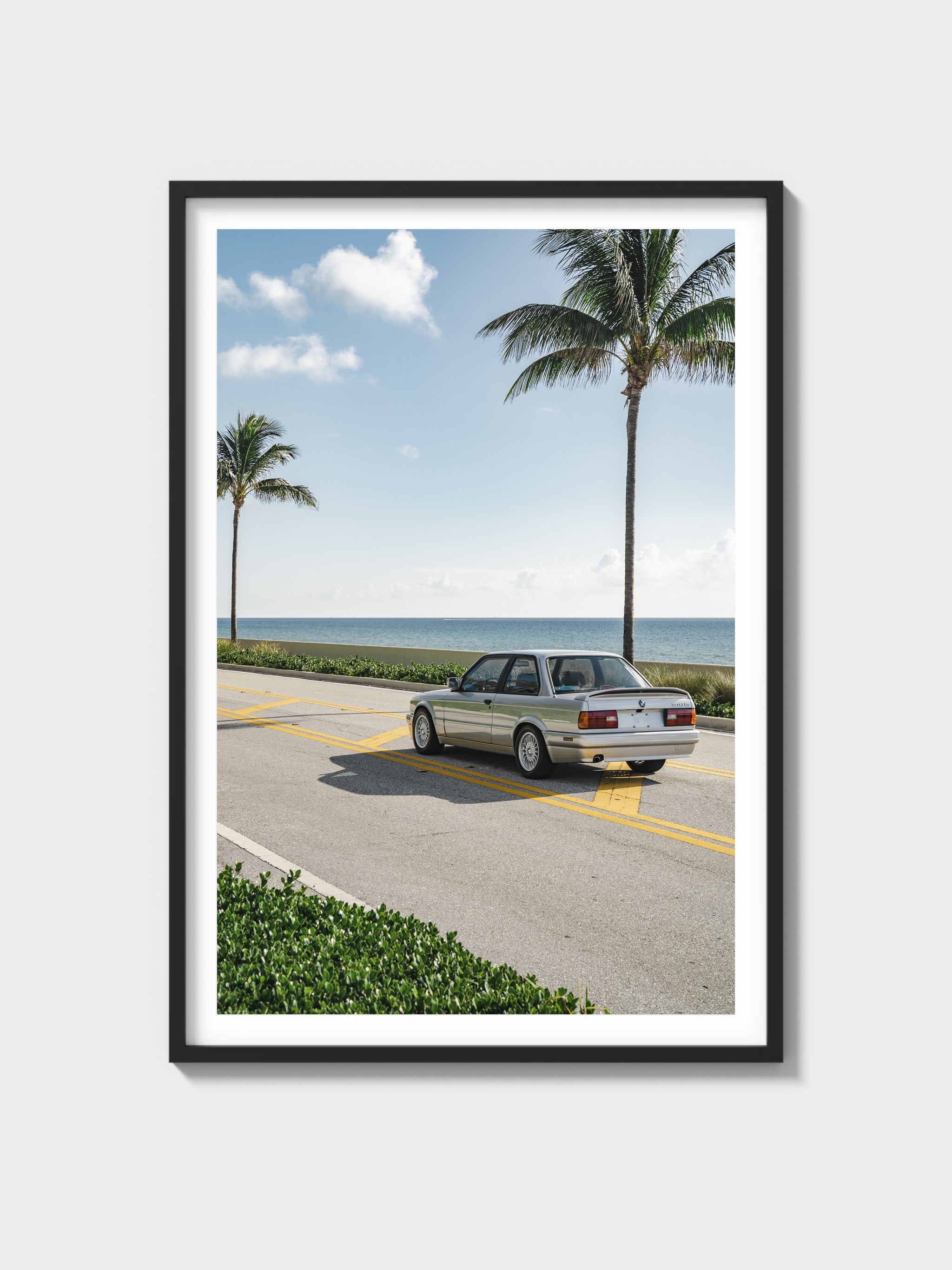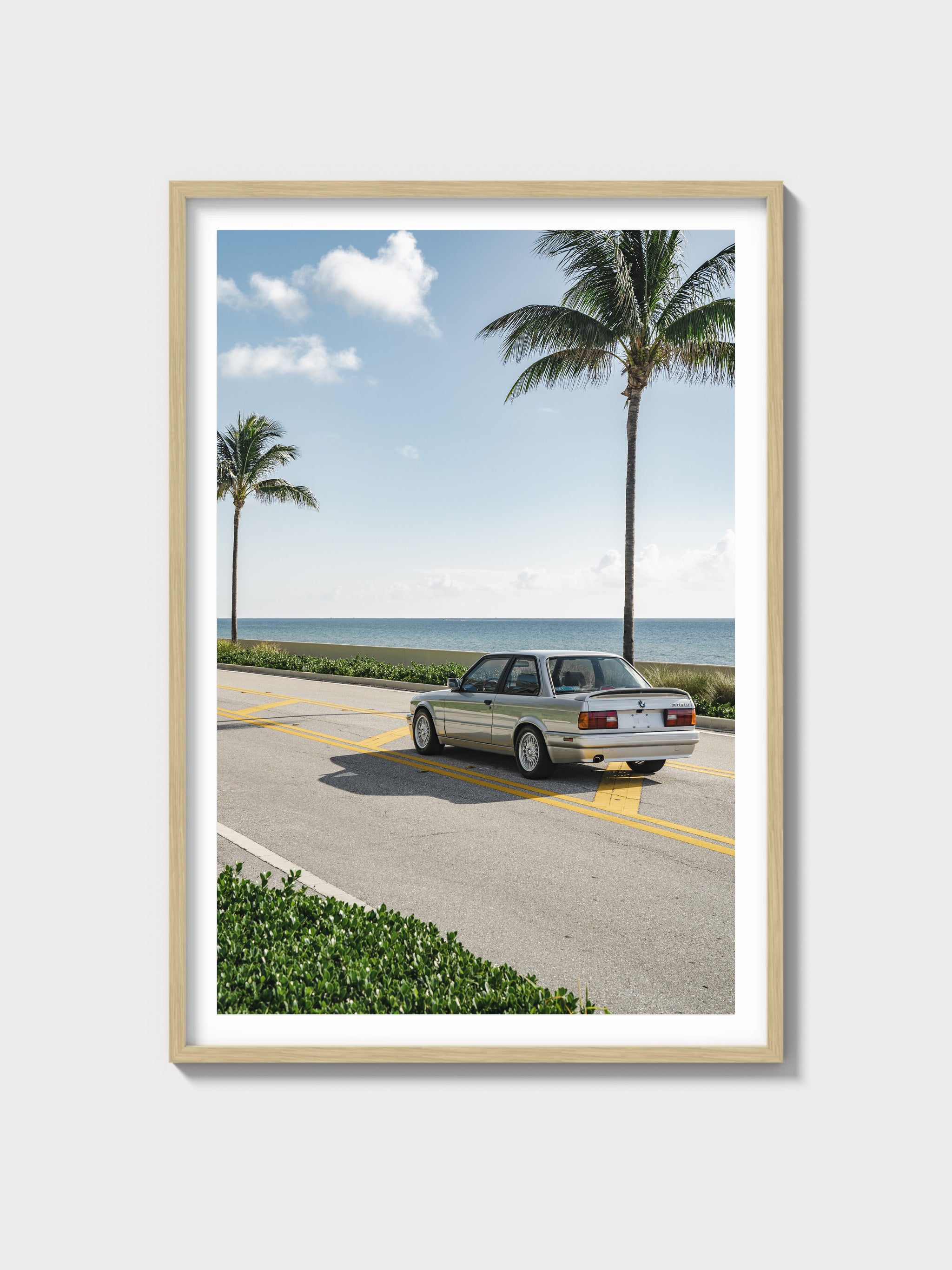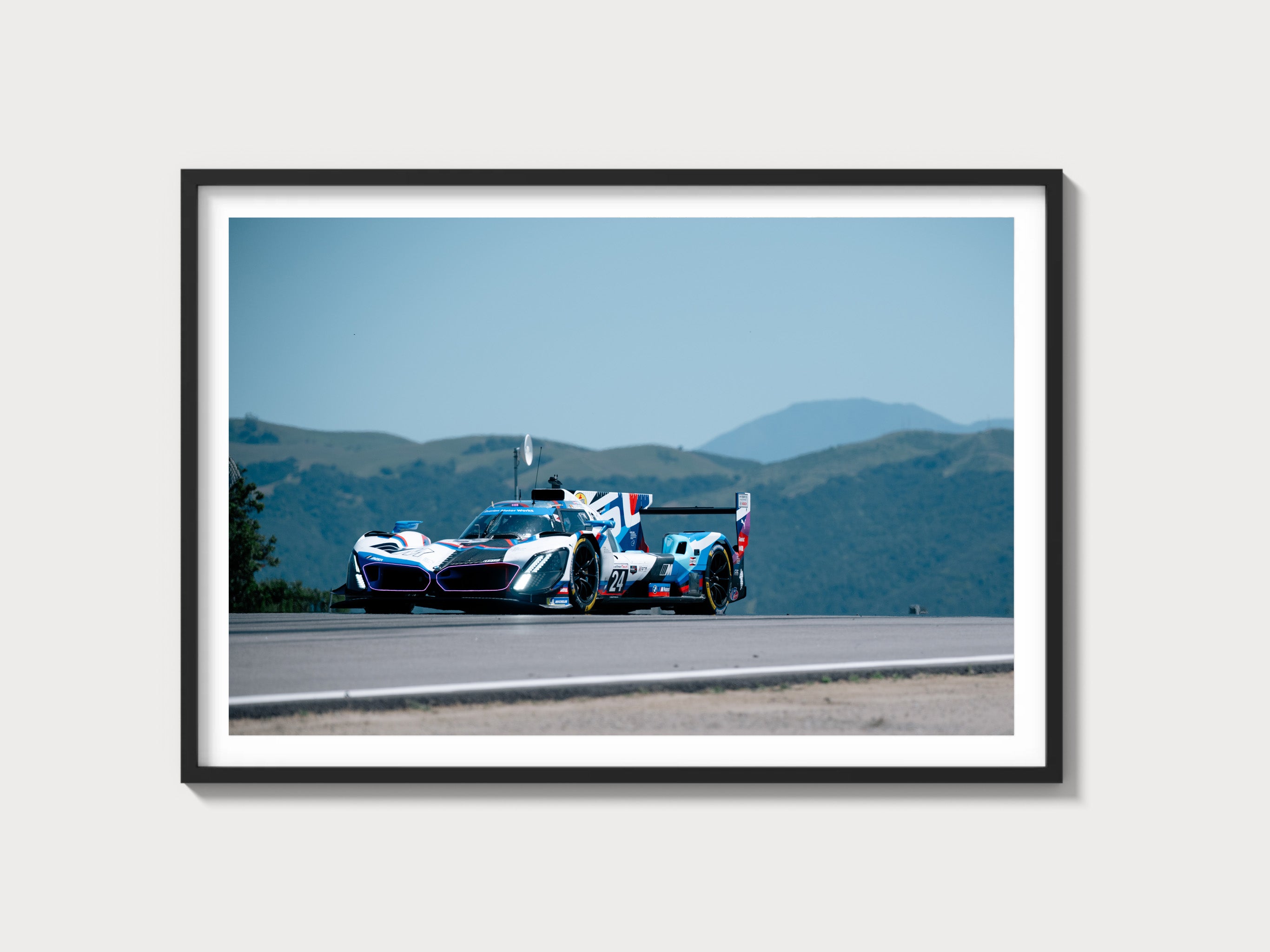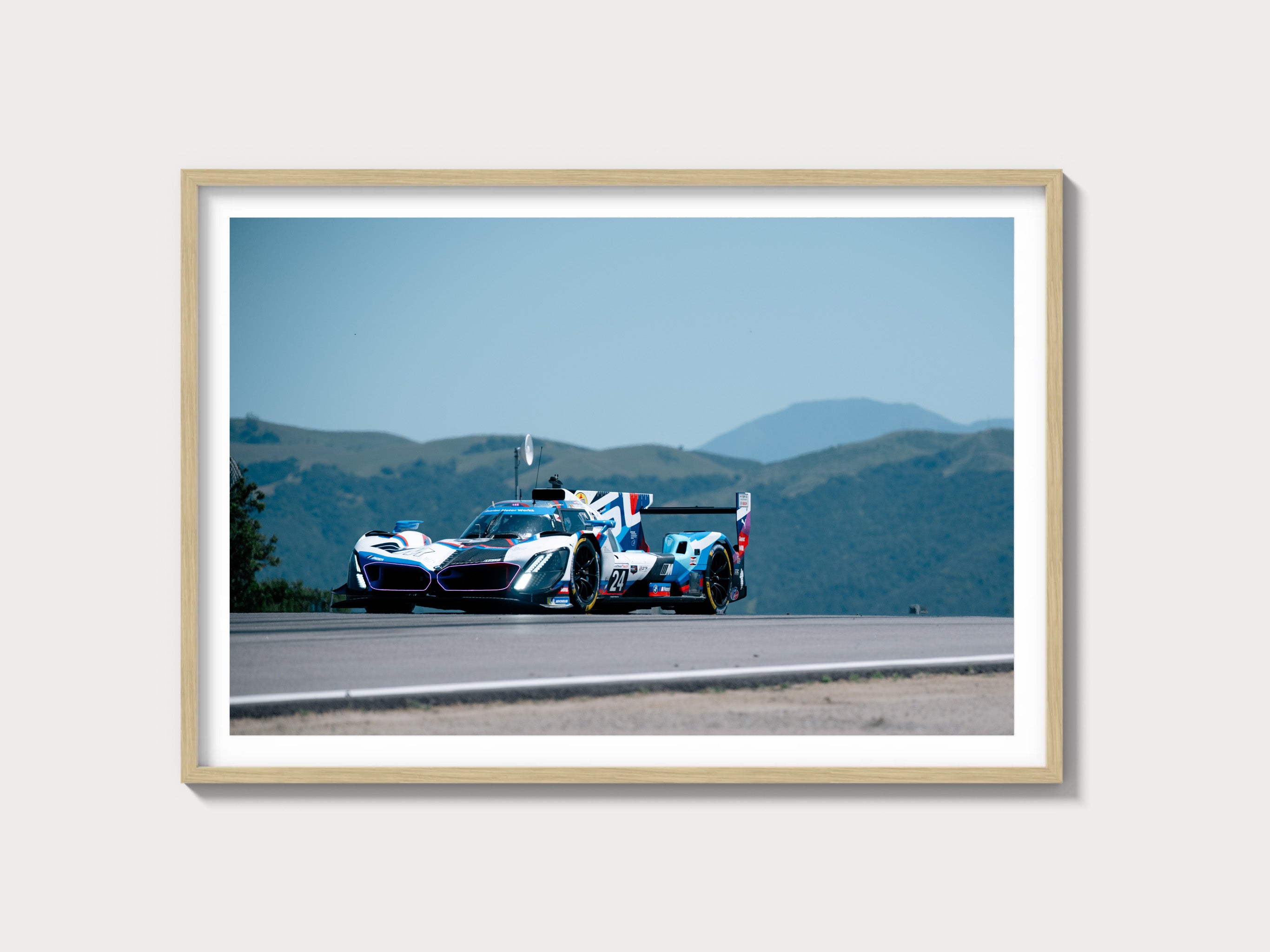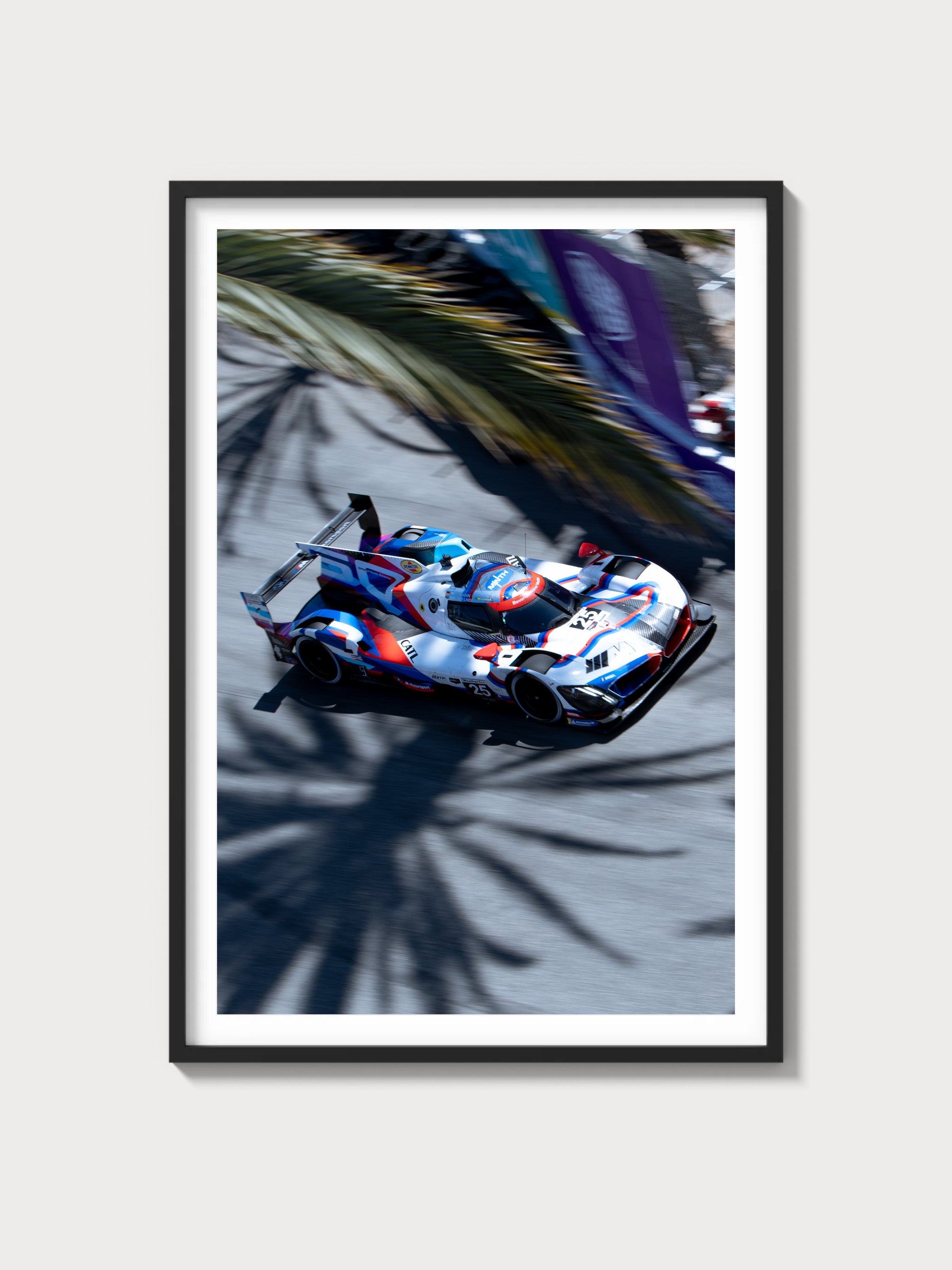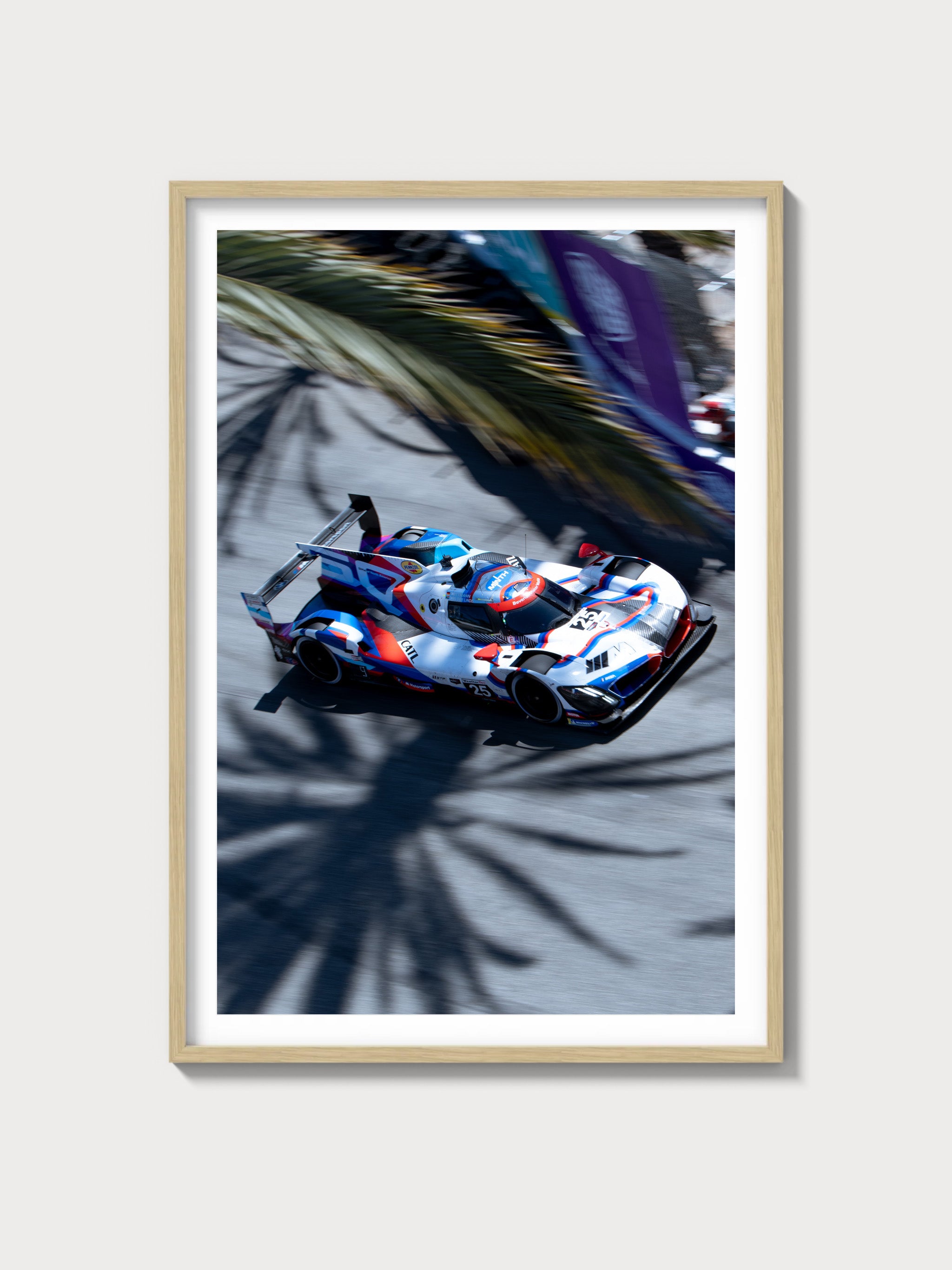1955–1957 Chevrolet 210 — The Tri‑Five Sweet Spot
Historical Context and Development
Chevrolet’s 1955 model year reset the American family car template. The new “Tri‑Five” Chevys (1955–1957) introduced modern proportions, wraparound glass, 12‑volt electrics, and most importantly, Ed Cole’s compact, lightweight small‑block V8. The 210 sat in the range between the fleet‑friendly 150 and the flashier Bel Air, pairing restrained brightwork with the same new chassis, powertrains, and body styles that defined the era.
The engineering brief was about lightness and serviceability. A new perimeter ladder frame carried coil‑spring independent front suspension and a leaf‑spring live axle at the rear. Power steering and power brakes were optional across the run. The 1955 debut brought the 265 cu in small‑block V8 alongside the proven 235 cu in “Blue Flame” inline‑six; 1956 refined styling and power, while 1957 added the 283 V8 and the landmark Rochester Ramjet mechanical fuel injection option.
On track and strip, Chevrolet’s sedans quickly found favor. In 1957, factory‑assisted SEDCO builds of the lighter 150 two‑door “Black Widow” proved how potent the platform could be, and even though the 210 was heavier and better trimmed, it shared the same bones and driveline architecture that made Chevrolet a force in stock car and drag competition. In the showroom, the 210’s balanced spec list positioned it squarely against the Ford Fairlane and Plymouth Savoy/Belvedere, giving buyers V8 performance without Bel Air levels of ornamentation or cost.
Design and Model-Year Nuance
- 1955: Clean, low, and modern “shoebox” look; eggcrate grille; spear‑style side trim on 210s. Debut of the 265 V8 and 12‑volt electrics.
- 1956: Sharper full‑width grille, revised side moldings enabling more varied two‑tones; incremental power increases.
- 1957: Fins, a wider grille, and distinctive side flashes. Introduction of the 283 V8 and optional Rochester Ramjet mechanical fuel injection; Turboglide variable‑ratio automatic becomes available.
Engine and Technical Specifications
Chevrolet’s Tri‑Five powertrains ranged from thrifty to genuinely quick. The table below covers principal engines offered in 210 models between 1955 and 1957. Output varied by year, transmission, and option package.
| Engine | Configuration | Displacement | Horsepower (gross) | Induction | Redline | Fuel System | Compression | Bore x Stroke |
|---|---|---|---|---|---|---|---|---|
| 235 cu in “Blue Flame” I6 (1955–1957) | OHV inline‑6, iron block/head | 235.5 cu in (3.9 L) | Approx. 123–140 hp (varies by year/trans) | Single 1‑bbl carb | N/A (no factory redline published) | Carbureted | ~7.5:1 to ~8.0:1 | 3.5625 in x 3.9375 in |
| 265 cu in Small‑Block V8 (1955–1956; limited early 1957) | OHV 90° V8, iron block/heads | 265 cu in (4.3 L) | 162–225 hp | 2‑bbl or 4‑bbl; dual 4‑bbl (’56) | N/A (no factory redline published) | Carbureted (Rochester/Carter) | ~8.0:1 to ~9.25:1 (by option) | 3.75 in x 3.00 in |
| 283 cu in Small‑Block V8 (1957) | OHV 90° V8, iron block/heads | 283 cu in (4.6 L) | 185–283 hp | 2‑bbl; 4‑bbl; dual 4‑bbl; Rochester Ramjet FI | N/A (no factory redline published) | Carbureted or mechanical fuel injection | ~8.5:1 to ~10.5:1 (by option) | 3.875 in x 3.00 in |
Transmissions: 3‑speed column‑shift manual (“Synchro‑Mesh”) with optional overdrive; 2‑speed Powerglide automatic; and for 1957, the optional Turboglide automatic. Final drives and axle ratios varied with powertrain and intended use (economy, standard, or performance gearing).
Driving Experience and Handling Dynamics
A well‑sorted 210 is honest and unpretentious: light steering at parking speeds, a gentle roll set on turn‑in, and the kind of progressive chassis responses that make period tires work for you. The front double wishbone/coil setup keeps the nose composed over broken pavement, while the leaf‑spring live axle will chatter if provoked by mid‑corner bumps on bias‑plies. With the small‑block, throttle response is crisp off idle, especially on 4‑bbl and dual‑quad cars; the Rochester Ramjet adds a broader, cleaner sweep through the midrange when properly tuned.
Manual 3‑speeds have a long, light column throw; overdrive drops cruise revs appreciably. Powerglide is durable and smooth, better at ease than urgency. Turboglide’s continuously variable stator feel is unique but demands meticulous setup; many owners favor Powerglide or a period‑correct 3‑speed overdrive for longevity.
Four‑wheel drums offer adequate everyday stopping power but will fade if repeatedly pushed downhill. Period‑style metallic linings and correct shoe arc make a difference; power assist was a worthwhile factory option then and now.
Full Performance Summary
Period testing covered a wide spread of configurations. These representative figures reflect typical ranges recorded for 210 sedans and hardtops.
| Metric | Typical Range | Notes |
|---|---|---|
| 0–60 mph | ~7.5–14.5 s | Fast end: 283 FI/dual‑quad V8; slow end: 235 I6 |
| Top speed | ~90–112 mph | Body style, gearing, and engine dependent |
| Quarter‑mile | ~16.0–19.5 s | V8 performance packages trend quicker |
| Curb weight | ~3,100–3,400 lb | Sedans lighter than wagons; options add mass |
| Layout | Front‑engine, rear‑wheel drive | Perimeter ladder frame |
| Brakes | Drums all around, 11 in class | Power assist optional |
| Suspension | F: double A‑arms/coil; R: live axle/leaf | Front anti‑roll bar fitted |
| Transmissions | 3‑spd manual (OD opt.); 2‑spd Powerglide; ’57 Turboglide | Axle ratios varied by package |
Variants and Body Styles (Chevrolet 210 Series)
The 210 range covered numerous body styles, sharing drivetrains with 150 and Bel Air. Production was extensive across multiple plants and markets; precise series‑by‑body counts published by Chevrolet are not universally consolidated by trim line in surviving documents.
| Years | Trim/Body Style | Key Differences | Notable Notes | Production |
|---|---|---|---|---|
| 1955–1957 | Two‑Door Sedan (post) | Mid‑level brightwork; 210 scripts; practical, lighter than hardtop | Favored for period drag builds; broad engine mix | High volume; exact series split varies by source |
| 1955–1957 | Four‑Door Sedan | Family‑oriented; restrained trim versus Bel Air | Extensive fleet and retail sales | High volume; exact series split varies by source |
| 1955–1957 | Sport Coupe (Two‑Door Hardtop) | No B‑pillar; cleaner roofline; 210‑grade interior | Heavier than sedan; desirable silhouette | Significant; model‑specific totals vary by source |
| 1956–1957 | Sport Sedan (Four‑Door Hardtop) | Pillarless four‑door; upscale look without Bel Air trim | Introduced ’56; remained through ’57 | Moderate; varies by source |
| 1955–1957 | Handyman (Two‑Door Wagon) | Utility wagon; minimal brightwork; 210 badges | Popular with trades and racers alike | Substantial; body‑style totals vary by source |
| 1955–1957 | Townsman (Four‑Door Wagon) | Six‑passenger wagon | Bread‑and‑butter family hauler | High volume; varies by source |
| 1956–1957 | Beauville (Nine‑Passenger Wagon) | Third‑row seating; 210‑grade trim | Roomiest 210 wagon | Lower than Townsman; varies by source |
| 1957 | Delray Club Coupe (Trim Package on 2‑Door Sedan) | Distinctive interior upholstery, color‑keyed details | Aimed at value seekers wanting flair | Produced in meaningful numbers; specific counts vary by source |
Market split included U.S. and Canadian production with additional CKD assembly for export markets. Trim, color availability, and minor hardware can differ by plant and country.
Ownership Notes: Maintenance, Parts, Restoration
- Engine care: The 235 six and small‑block V8s are mechanically straightforward. Keep ignition points, condenser, cap, and rotor in good order; carburetor heat‑soak management and fuel quality matter, particularly on hot restarts.
- Fuel injection: 1957 Rochester Ramjet systems are mechanical and sensitive to setup. Specialist knowledge and correct parts are key; when dialed in, driveability is excellent for the period.
- Transmissions: Powerglide is durable with clean fluid and correct band/servo setup. Turboglide is complex and costly to rebuild; verify condition before purchase. Overdrive 3‑speeds add relaxed cruising but rely on proper wiring and solenoid health.
- Chassis and brakes: Inspect drum hardware, drums for out‑of‑round, and wheel cylinders for leaks. Many owners fit period‑style metallic shoes and ensure drums are correctly arced to shoes. A dual‑circuit master cylinder retrofit is a common safety upgrade.
- Rust watchpoints: Lower front fenders, rocker panels, floor pans, trunk floor (near spare well), lower rear quarters, and body mounts. Wagons can suffer at tailgate jambs and rear floor crossmembers.
- Parts availability: Exceptional. Reproduction sheetmetal, trim, interior kits, and full driveline service parts are widely available. Correct date‑coded pieces for concours builds require patience.
- Restoration difficulty: Mechanicals are approachable; body and trim alignment take time. Hardtop and wagon glass/stainless alignment can be labor‑intensive. Verify panel fit and door sag before paint.
Cultural Relevance and Collector Lens
Tri‑Five Chevrolets are embedded in American car culture. The 210, with its cleaner mid‑level trim, has long been the “driver’s” choice: lighter than a fully dressed Bel Air and less austere than a 150. Popular media cemented the silhouette—Two‑Lane Blacktop and American Graffiti famously used ’55 Chevy coupes (often 150s), but the 210 shares the same elemental lines. In competition, 1957 stock car and early drag racing exploits showcased how capable the small‑block Chevy was even in a sedan shell, and the legend only grew from there.
Collector demand favors honest body styles (two‑door sedans and hardtops), documented high‑output engines (especially ’57 dual‑quad and fuel‑injection options), and original colors. As always with Tri‑Fives, scrutinize documentation: engine suffix codes, casting dates, and period paperwork matter, particularly on claimed high‑spec ’57s. Correctly restored 210 wagons have also developed a following for their utility and style.
Frequently Asked Questions
Was fuel injection available on the 210?
Yes. In 1957 the Rochester Ramjet mechanical fuel‑injection 283 V8 could be specified on 210s (as with other series). It is rare, and many period racers reverted to carburetion when certain sanctioning bodies limited FI.
Which engines are most common?
Across 1955–1957 you’ll most often see the 235 inline‑six, the 265 V8 (’55–’56), and the 283 V8 (’57) in various carbureted states of tune. Dual‑quad and FI 283s are comparatively scarce.
How does a 210 differ from a Bel Air?
Primarily in trim: less exterior brightwork, simpler interior fabrics, and different side moldings. Mechanically, options largely overlap; the small‑block performance hardware was available across the range.
Are Turboglide cars desirable?
Turboglide is historically interesting but complex. It can be made to work well if properly rebuilt by a specialist, yet many owners prefer Powerglide or a manual with overdrive for durability and parts availability.
What are known problem areas?
Brake fade on repeated hard use, heat‑soak and vapor‑lock tendencies in hot conditions (particularly with modern fuels), rear main seal oil drips on early small‑blocks, and rust in typical lower‑body areas. As with any older car, prior workmanship dictates much of the experience.
What performance can I expect?
A healthy 235 six is easygoing rather than fast. A 265/283 V8 with a 4‑barrel will keep up with contemporary V8s; dual‑quad and FI 283s deliver genuinely brisk period performance, with sub‑eight‑second 0–60 mph times recorded in period tests for the hotter specifications.
Are parts easy to find?
Yes. The Tri‑Five aftermarket is one of the strongest in the hobby, from small‑block internals and OE‑style carburetors to complete wiring harnesses and model‑correct interior kits.
What about production numbers for specific 210 variants?
Chevrolet built the 210 in large numbers, but comprehensive, series‑specific body‑style totals are not consistently published across all plants and markets. Serious researchers consult period dealer data, plant records, and GM Heritage documentation when exact counts matter.

